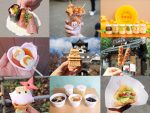Tokugawa Art Museum: Collection of More than 10,000 Items Including National Treasures!
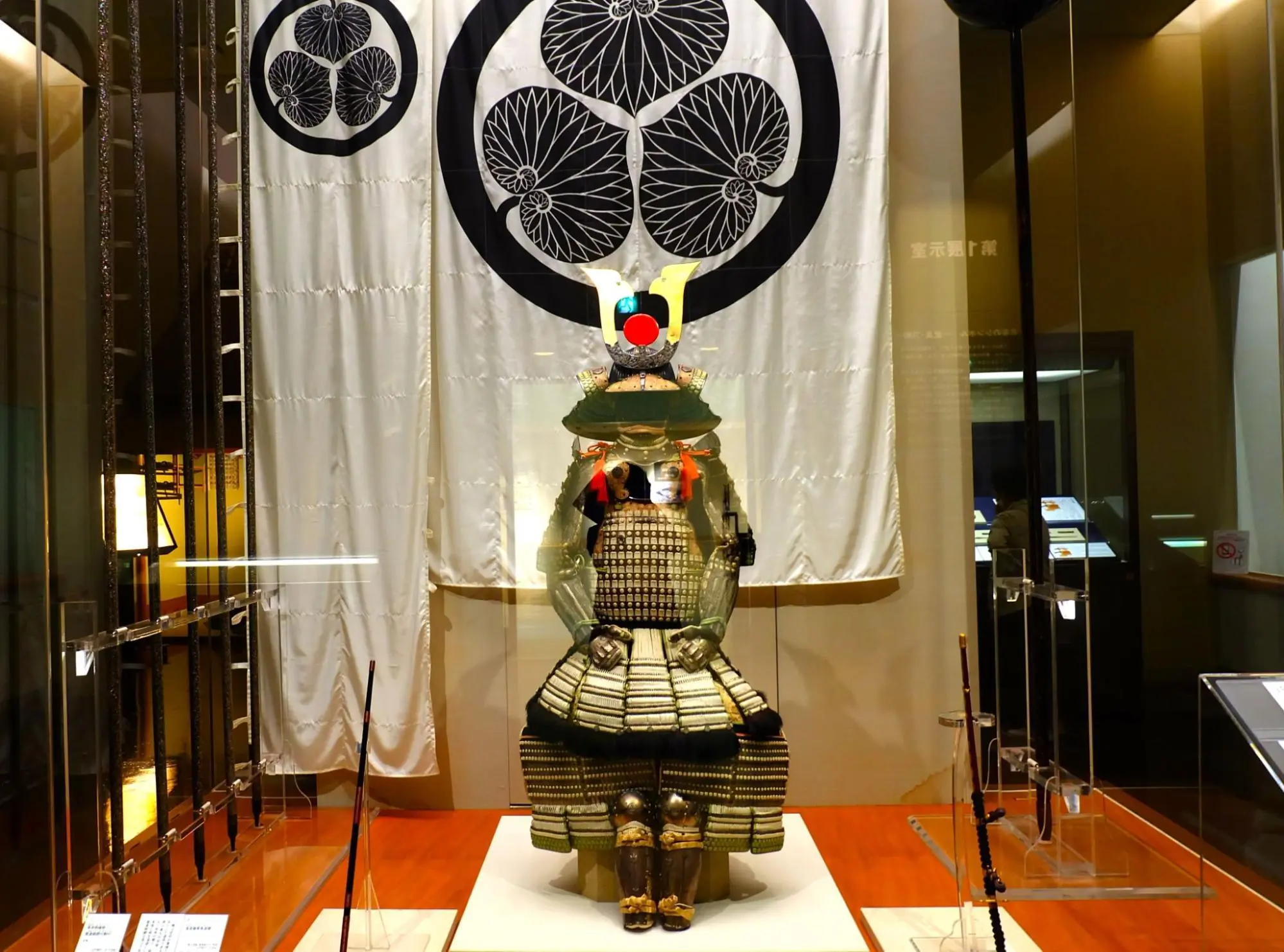
The Tokugawa Art Museum holds approximately 10,000 heirlooms that have been passed down in the Owari Tokugawa family from generation to generation.
The museum's valuable collections, including national treasures and important cultural properties, are mainly items that were used by feudal lords, daimyo families, and other related people! The exhibition space is designed to give visitors a sense of life in those days, creating a realistic atmosphere.
Let's take a quick look at what masterpieces and treasures you can find! *
*Information is current at the time of the interview.
Please check the latest information of each facility and store.
Table of Contents
What is Tokugawa Art Museum?
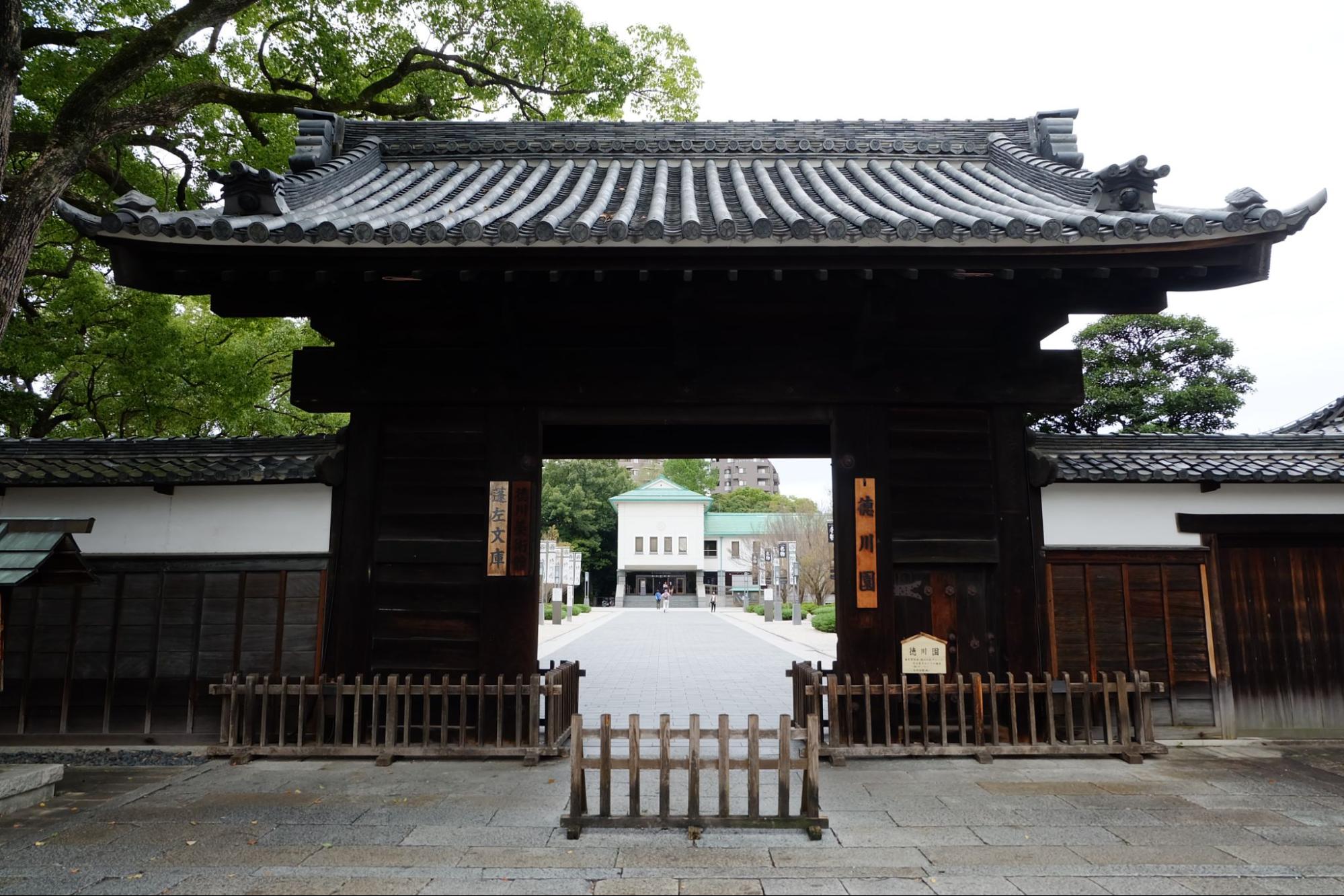
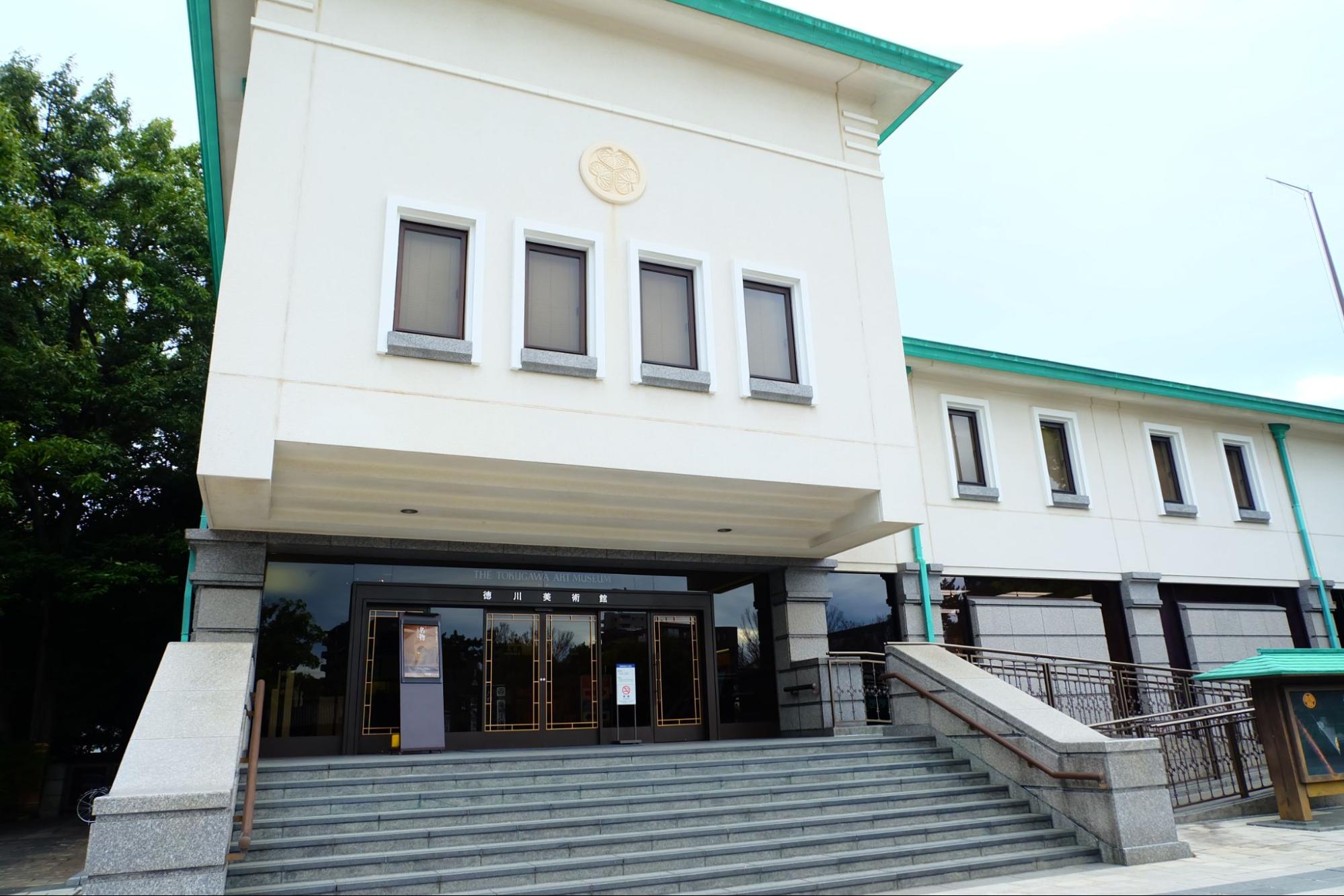
The Tokugawa Art Museum was opened in 1935 by Yoshichika Tokugawa, the 19th head of the Tokugawa family, who established a foundation and donated his private funds with the aim of preserving daimyo (powerful Japanese magnates/feudal lords) culture for future generations. The museum owns about 10,000 items, including national treasures and important cultural properties, making it one of the largest collections of daimyo's tools in Japan.
The collection includes the belongings of Tokugawa Ieyasu, favorite articles of the successive heads of the Owari Tokugawa Family, and many valuable documents.
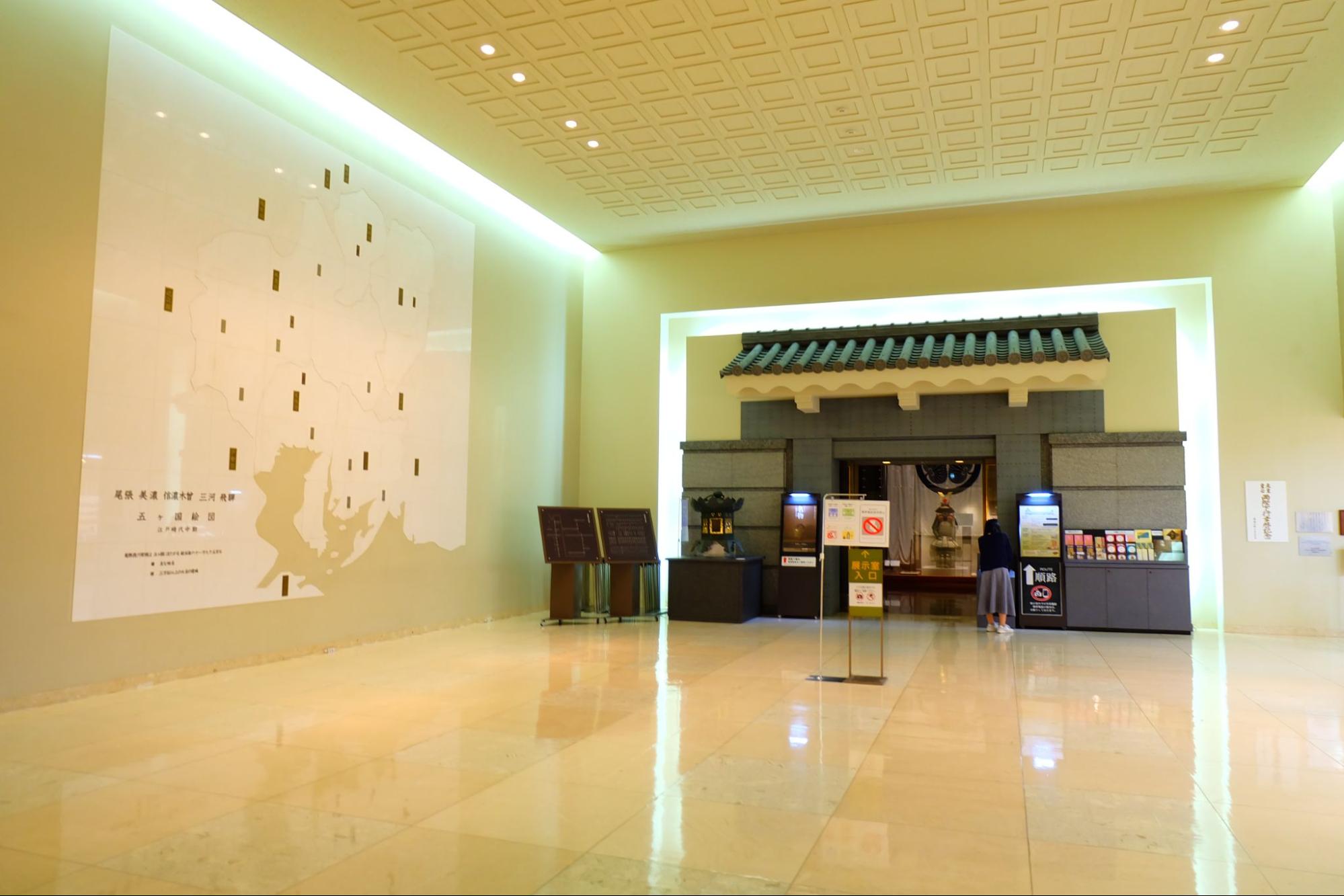
Another attraction of the exhibition is that it is not only for viewing, but also for recreating the "daimyo's tools" and spaces that were actually used in daily life at the time, and exhibiting them in a way that gives a sense of realism.

As the name of the museum suggests, the exhibits include a large collection of swords, tea ceremony utensils, military equipment, and incense implements that were handed down in the Tokugawa family.
Seeing up close the swords and other items that Nobunaga and Ieyasu actually owned, you instantly feel a sense of familiarity!
The "Annex" of the Masterpiece Collection Galleries (Galleries 1-5)

The museum is designed so that visitors can tour the "Annex," "Housa Bunko," and "Main Building" in order. The first entrance to the museum is the Annex entrance, which is modeled after the Akazu-mon (unopened gate) of Nagoya Castle.
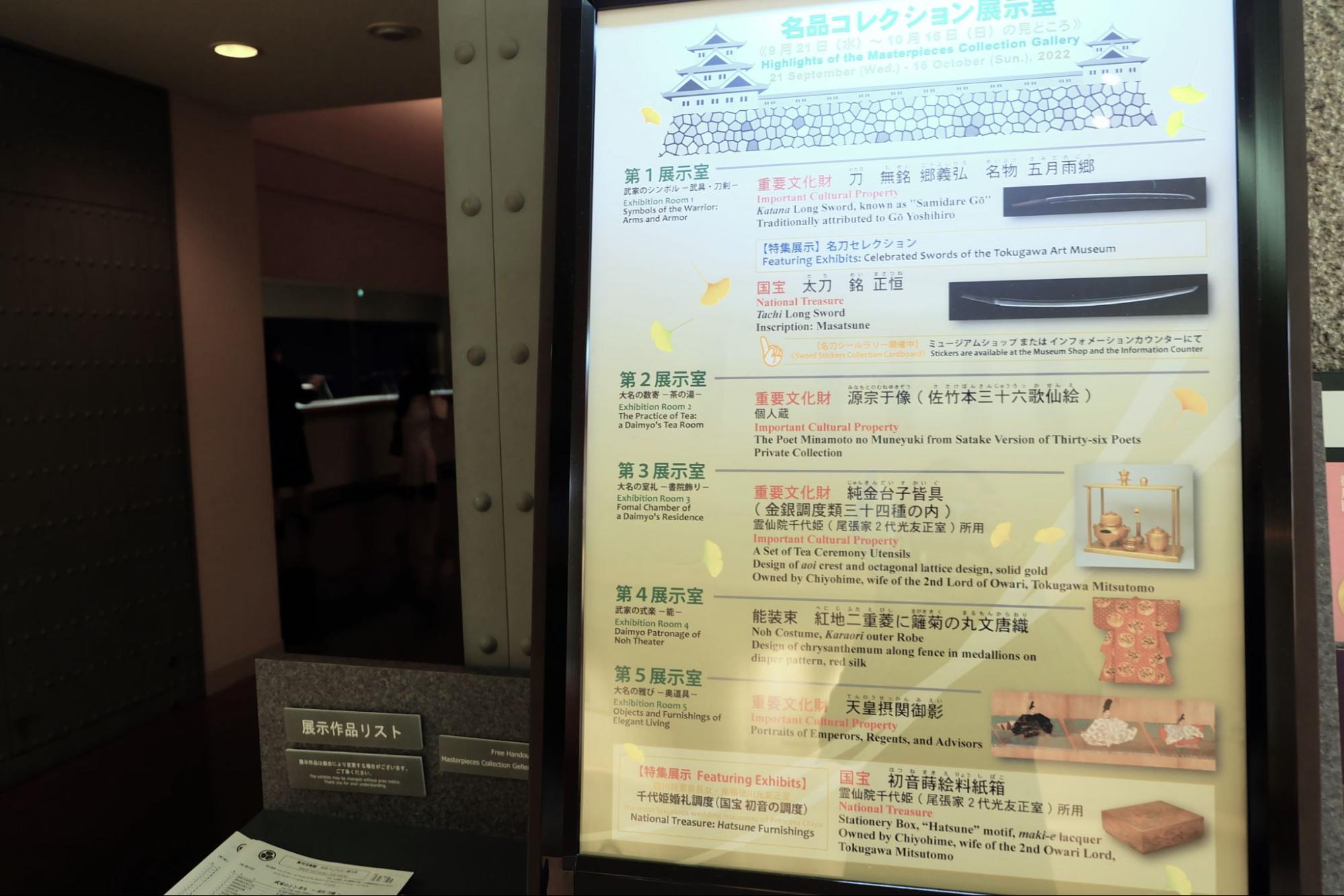
The Annex is named the "Masterpiece Collection Galleries," and the exhibits are basically changed every three months (dyed fabrics and paintings are changed about every one to two months because they are delicate), taking into consideration the seasons and events.
It consists of galleries 1 through 5, each with a specific theme.
The first 4 galleries mainly display "Omote-dougu (tools)" used for public occasions, while the 5th gallery focuses on "Oku-dougu (tools)" used for private occasions.
Let's go in!
Gallery 1 "Symbols of the Warrior: Arms and Armor"
The first exhibition room, located just outside the entrance, features exhibits on the theme of "Symbols of the Warrior: Arms and Armor".
Pictures of the actual weapons that were especially beloved by Yoshinao Tokugawa, the first generation of the Owari Tokugawa family, and a horse marker used as a wartime landmark, as well as swords that are national treasures and important cultural properties, are also on display as featured exhibits.

Gusoku (armor), worn by Yoshinao, the first generation of the Owari Tokugawa family, who was particularly fond of it (display is until December 15, 2022).
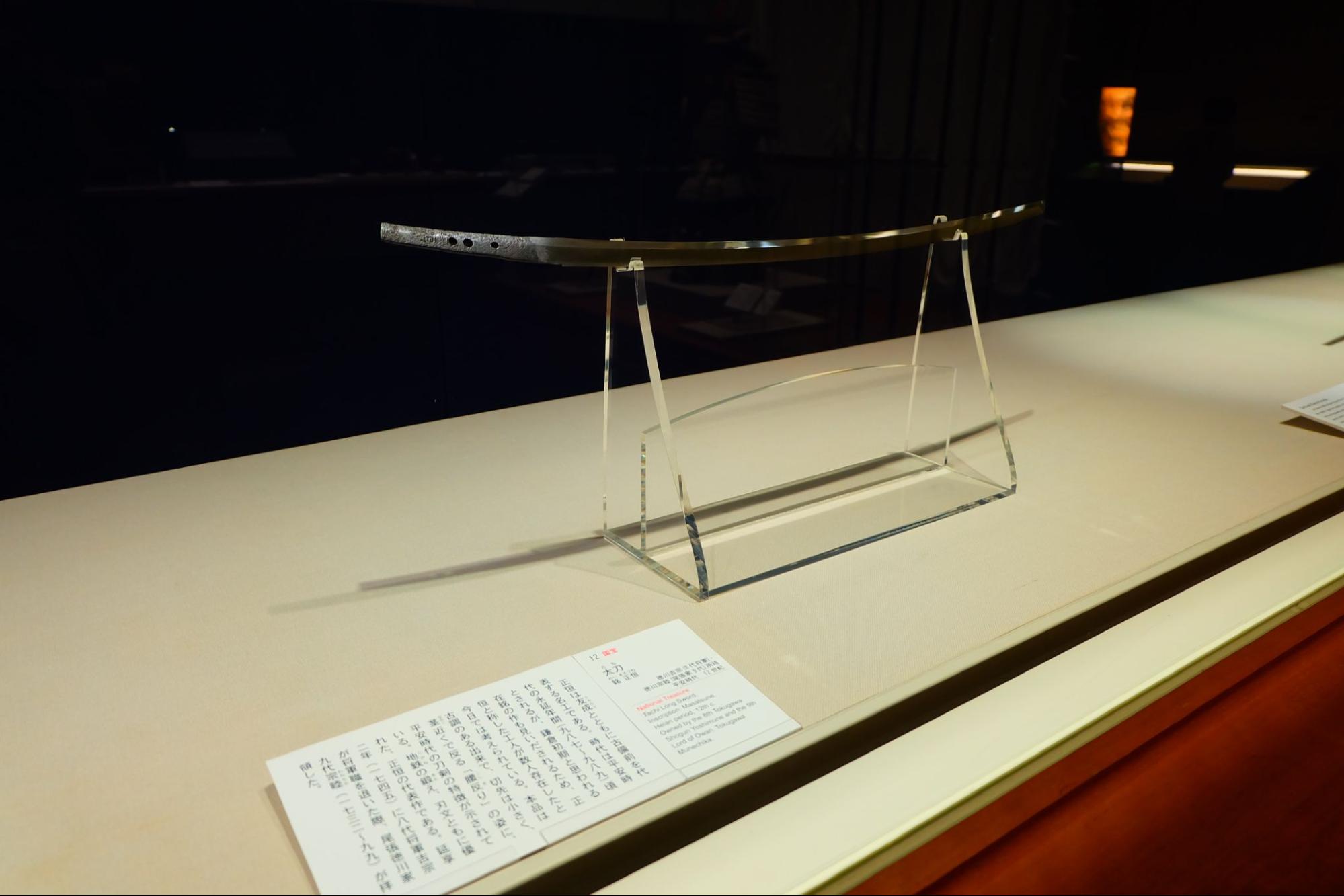
Sword, Masatsune, National Treasure (display is until December 15, 2022).
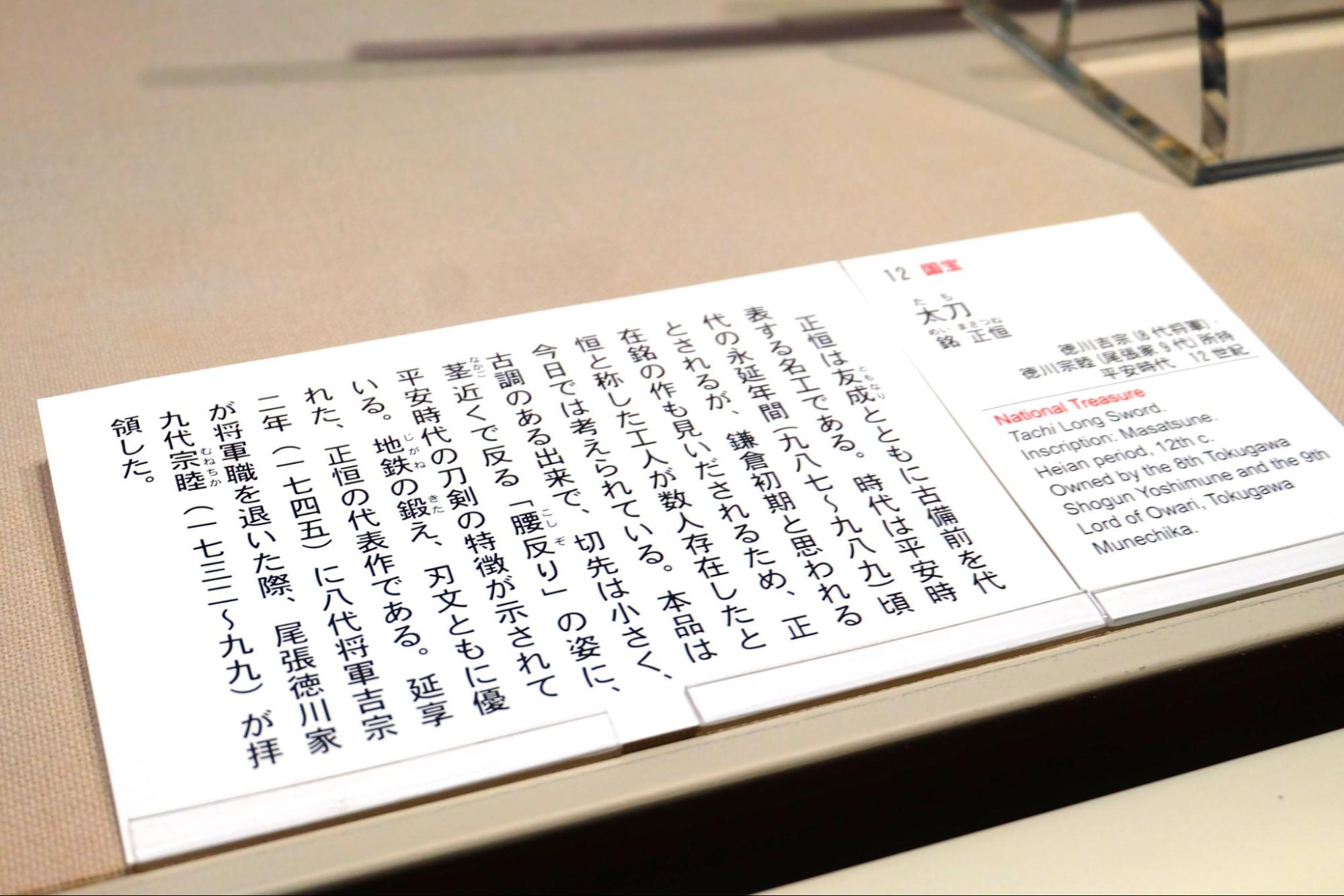
Gallery 2 "The Practice of Tea: A Daimyo's Tea Ceremony Room"
The "Onsukiya" in the second exhibition hall recreates the tea ceremony popular among warriors in the "Sarumen Tea Ceremony Room" in the Ninomaru Palace of Nagoya Castle. It was mainly used for samurai family events and entertainment.
Chanoyu (tea ceremony) utensils were also tools of dignity and prestige for the feudal lords of the time.

Gallery 3 "Formal Chamber of a Daimyo's Residence"
A recreation of the "hall" once used for official feudal lord events in the Ninomaru Palace of Nagoya Castle and the "Kusari no Ma (Chain Room)," a place of relaxation for the feudal lords.
The exhibition systematically integrates artworks and spaces by imaginatively combining furnishings of the period, making visitors feel as if they are in the space of the time. This is a unique feature of the Tokugawa Art Museum that allows visitors to fully experience the traditional Japanese "beauty of composition" and "beauty of combination".

Restoration of a part of the "Jyoudan no ma (Upper Room)" of the "Hall" in the Ninomaru Palace of Nagoya Castle.
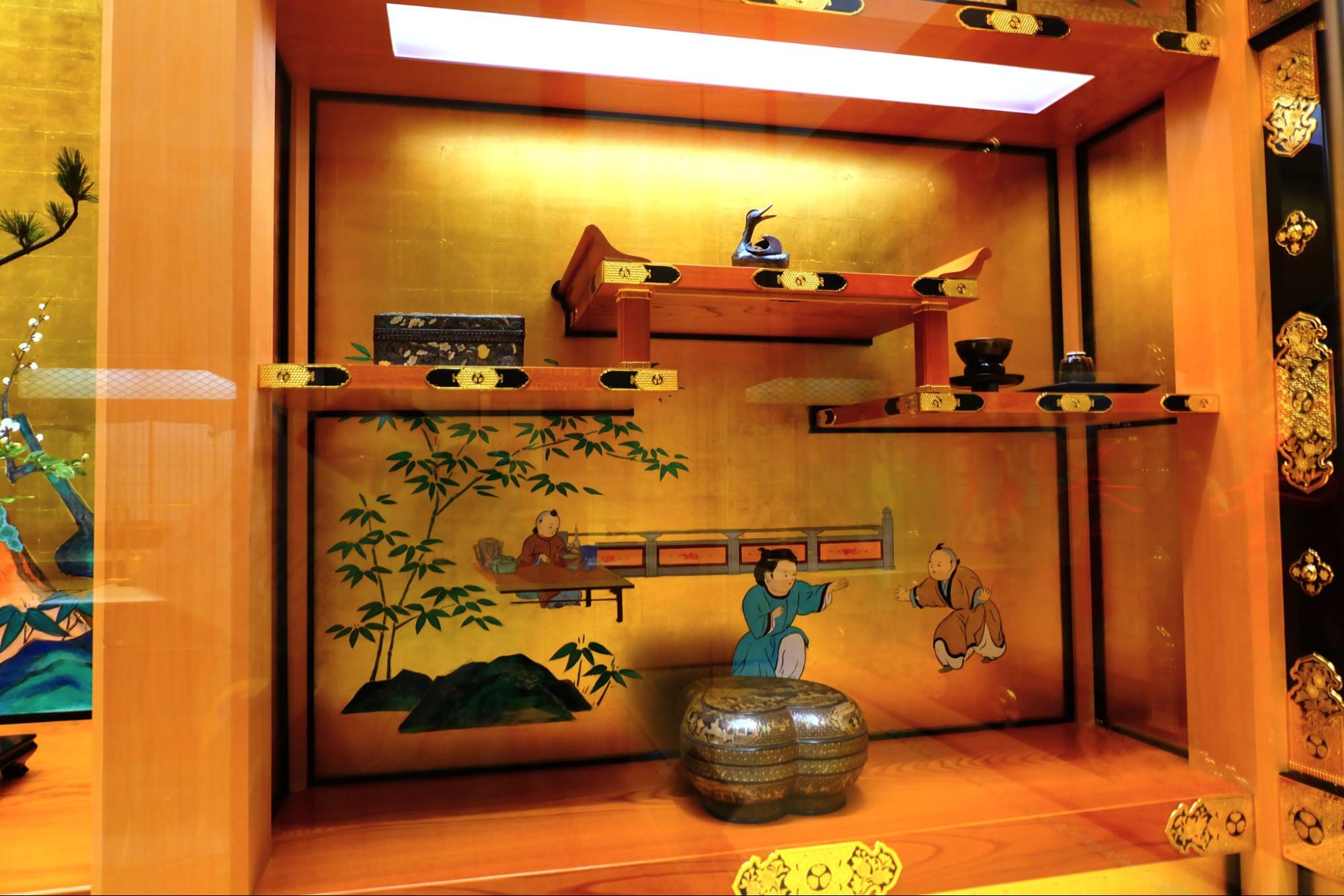
Authentic stationery furnishings that were actually used.
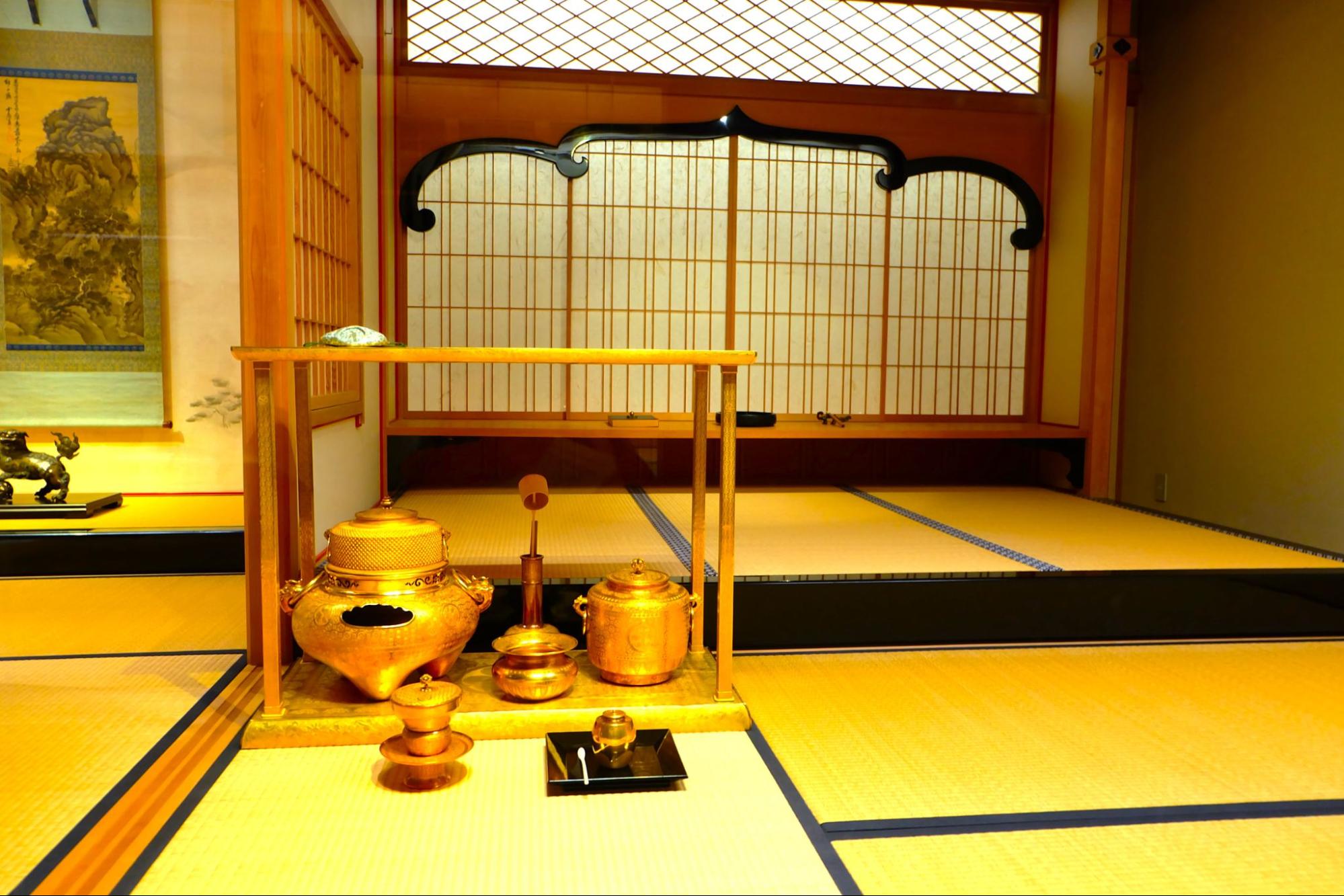
Junkin daisu kaigu (Pure gold pedestal). One of the wedding accessories of Princess Chiyo, daughter of the third Shogun Iemitsu and regular wife of Mitsutomo, the second generation of the Owari Tokugawa family. (display is until December 15, 2022).
Gallery 4 "Daimyo Patronage of Noh Theater"
"Noh" was also an official event of the feudal lords. The Tokugawa Shogunate designated Noh as the ceremonial music of the samurai class, and a Noh stage was always set up in the palace or front yard of a feudal lord, and Noh was always performed at celebrations and official events.
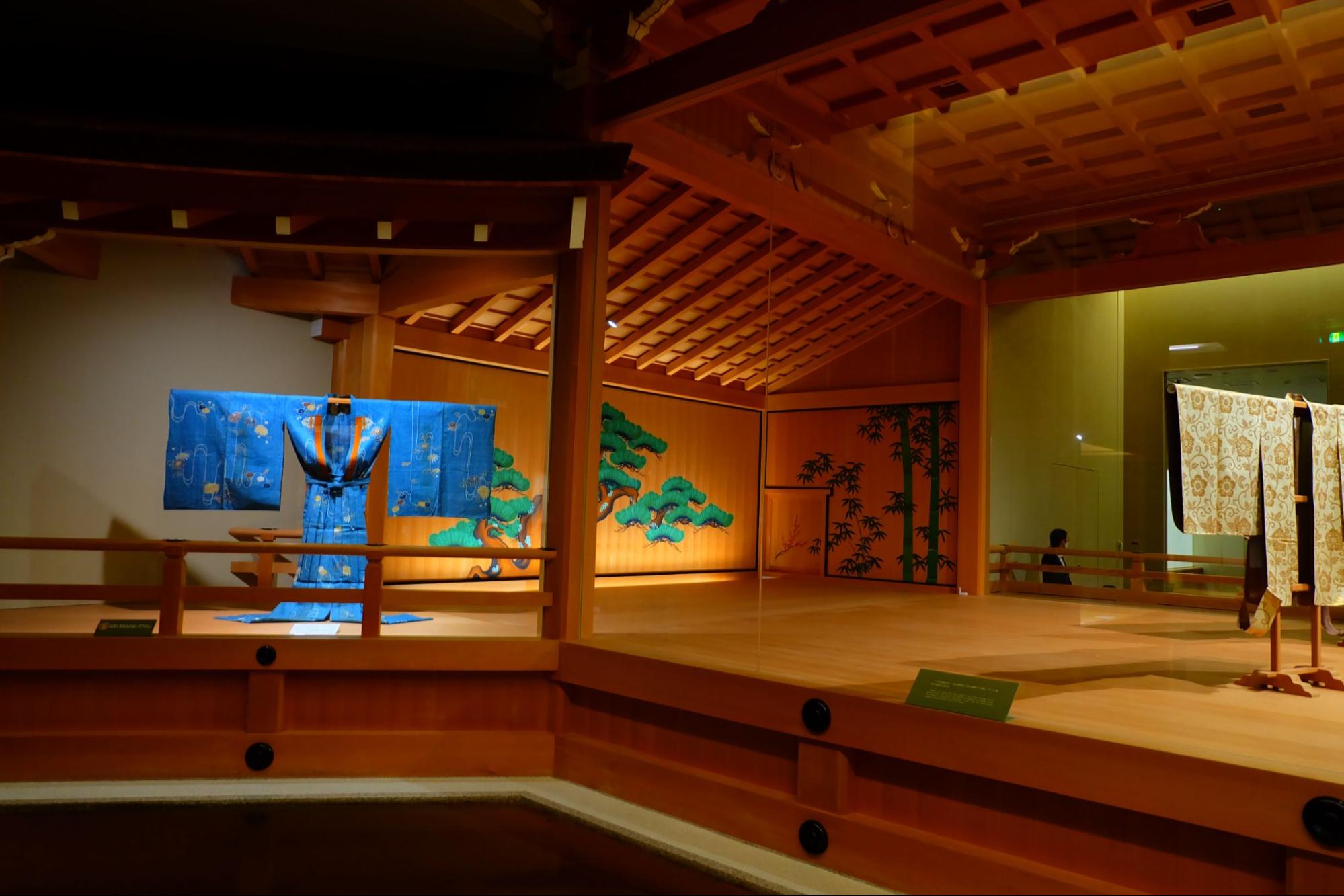
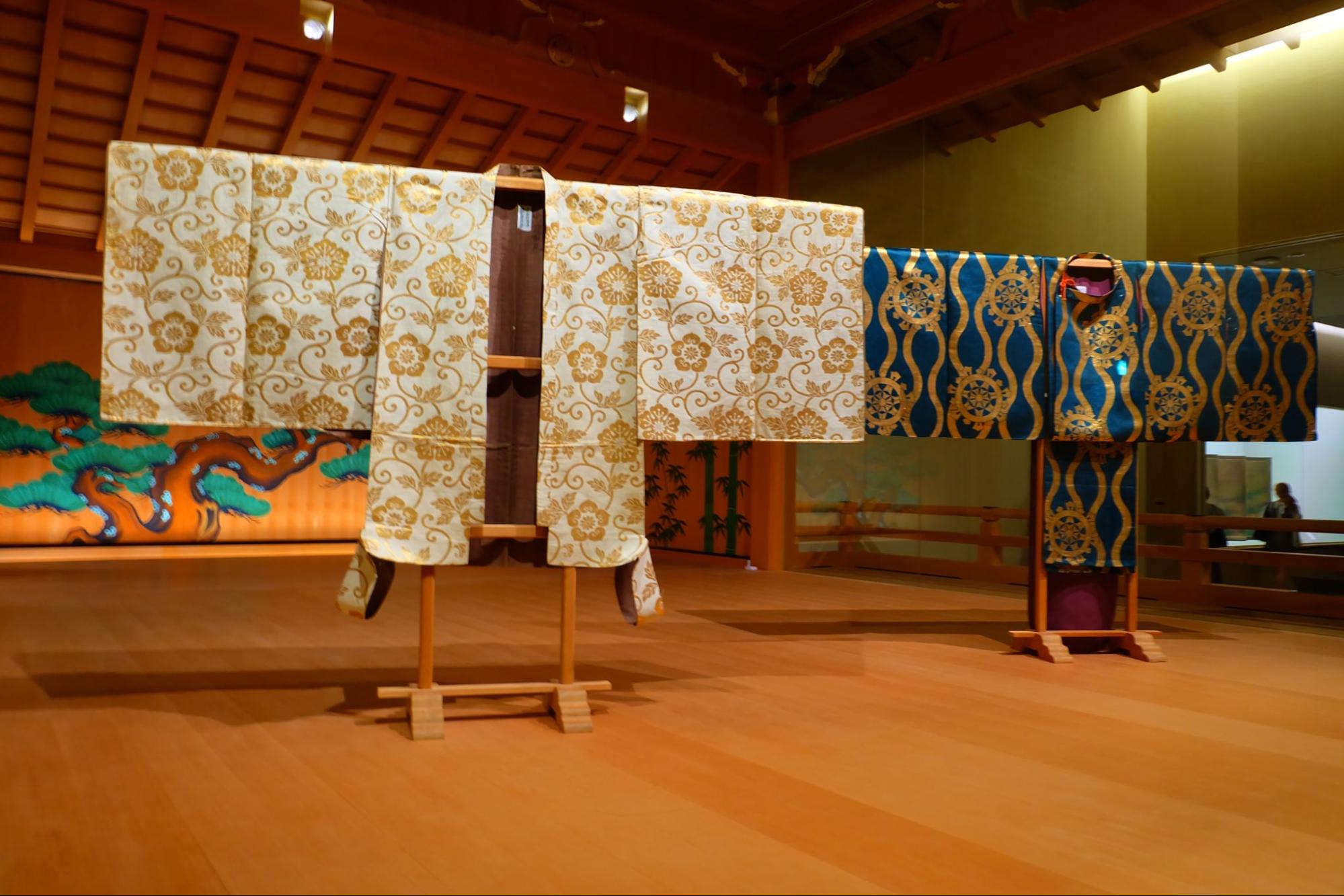
Left: gold brocade versatile happi coat with arabesque design on white ground; right: Gold brocade lining hunting clothes with ring treasure pattern (Both are no longer on display)
Gallery 5 "Objects and Furnishings of Elegant Living"
In the fifth exhibition room, a number of private items are on display, such as the bride's tools when she married into a feudal lord's family.
One of the most delicately beautiful is the National Treasure "Hatsune maki-e ryoshibako". This is also one of the wedding accessories of Princess Chiyo, the eldest daughter of the third shogun, Tokugawa Iemitsu.
The origin of Hatsune was inspired by a poem in "Hatsune," one of the 54 chapters of "The Tale of Genji". This maki-e lacquer-work box is based on wood, and is delicately made by drawing and embedding patterns in lacquer, gold, and silver, which is said to be the best technique of the time. The beauty of this box is worthy of its status as a national treasure.
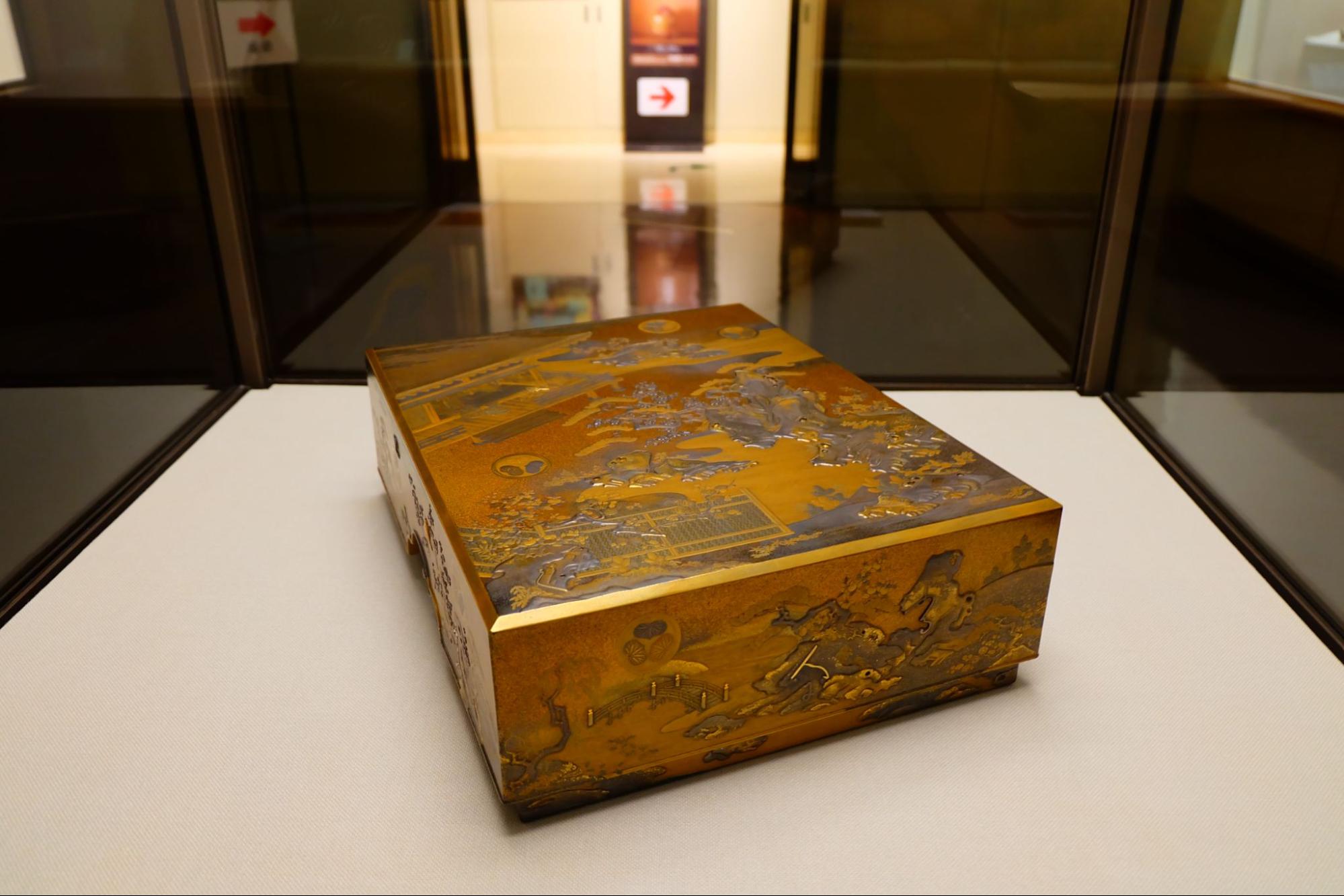
A box used to hold paper such as letter paper for writing calligraphy. (Display is until November 15, 2022)
Worldly Valuable! The Oldest Extant Painting of Genji
"The Tale of Genji Illustrated Scroll", National Treasure
Another world-famous and overwhelmingly popular exhibit is the National Treasure "The Tale of Genji" illustrated scroll, which is featured in Gallery 6. It is the oldest extant picture of Genji, and because the original scroll is so valuable, it is only exhibited for a very limited period of time from the standpoint of conservation, and is usually presented as a replica, panel, and video commentary.
Surrounded by very graceful and gorgeous paintings, you feel as if you have typed back to the Heian period!
Gallery 6 "The Flowering of the Courtly Tradition: The Tale of Genji Illustrated Scrolls"
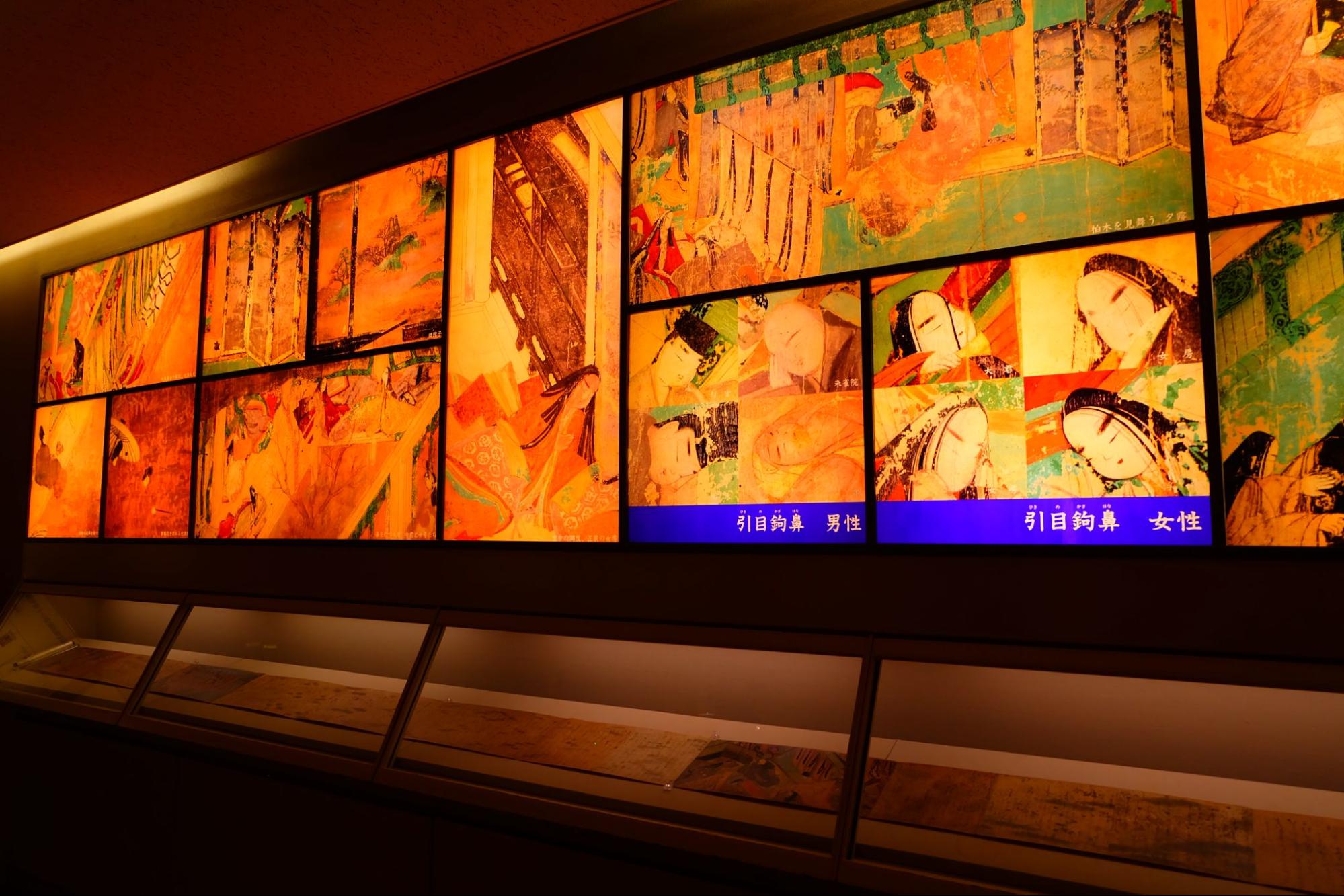
The oldest existing "Genji-e (paintings)" (picture is a replica), a painting of "The Tale of Genji" by Murasaki Shikibu.
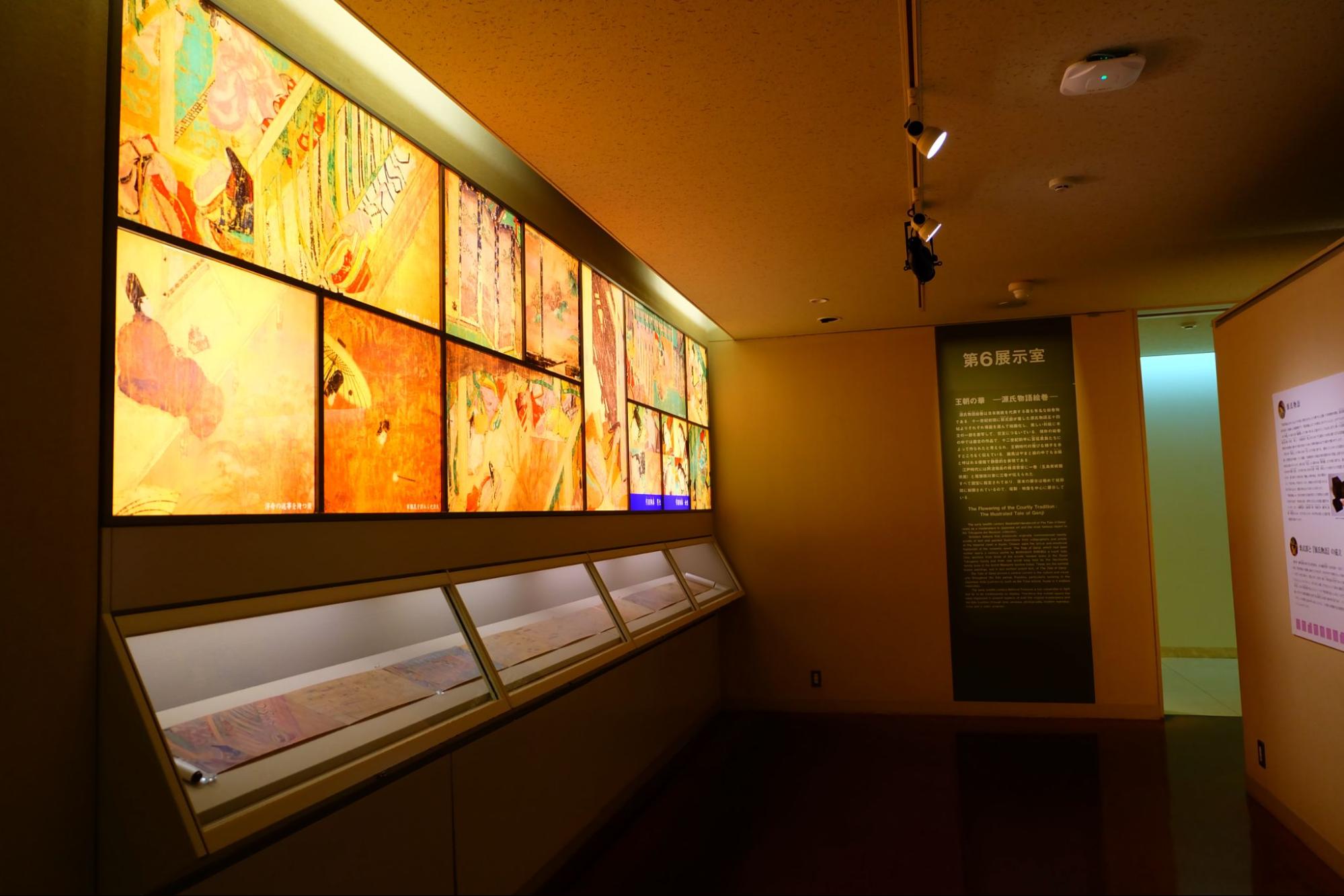
Special Exhibition
"Nagoya Housa Bunko" and "Main Building"
Nagoya City Housa Bunko
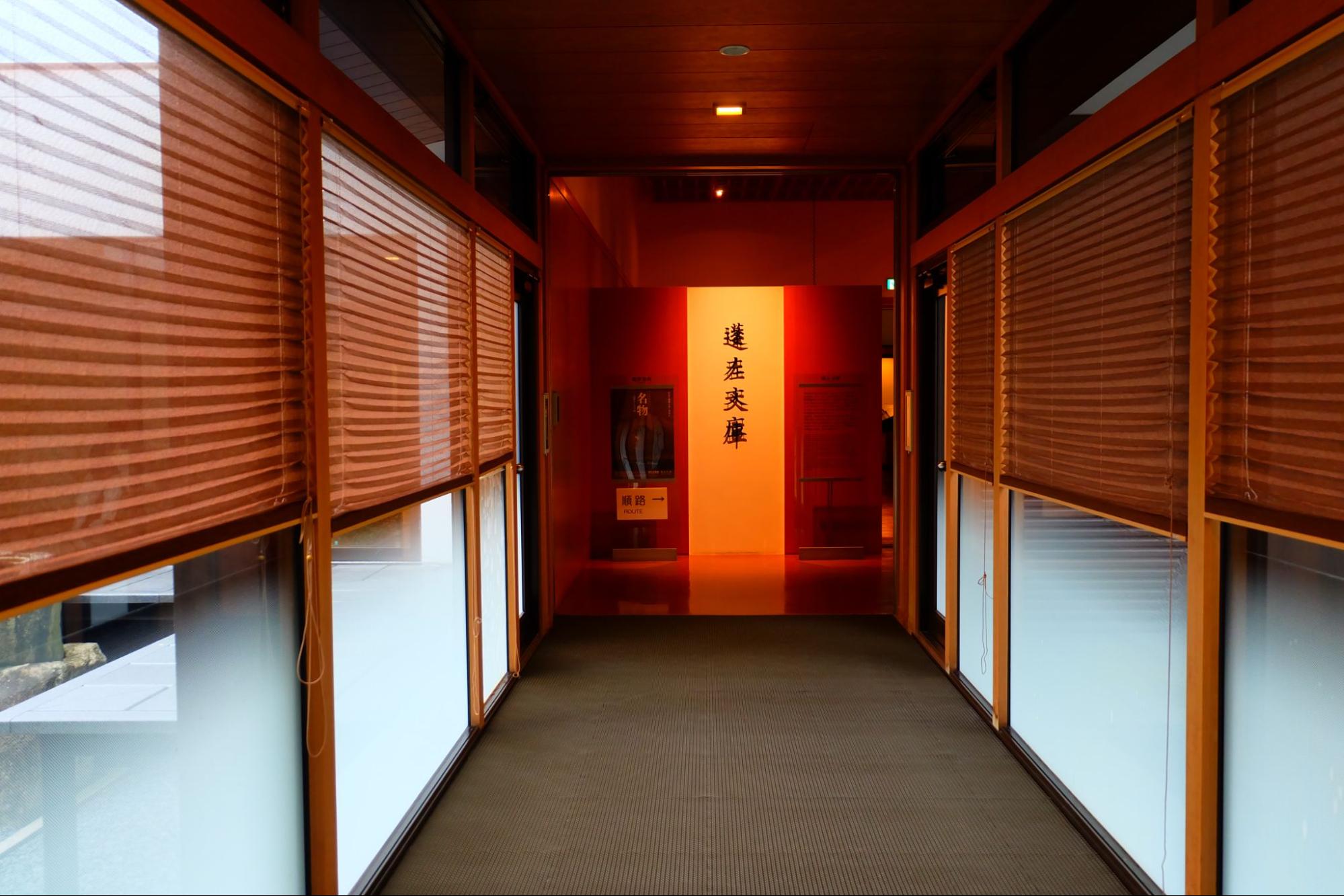
Passing through the new wing of the permanent exhibition, continue on to the Housa Bunko.
The Housa Bunko is a library that holds approximately 120,000 items from the former collection of the Owari Tokugawa family.
This is managed by the City of Nagoya, and special exhibitions are held here on a regular basis.
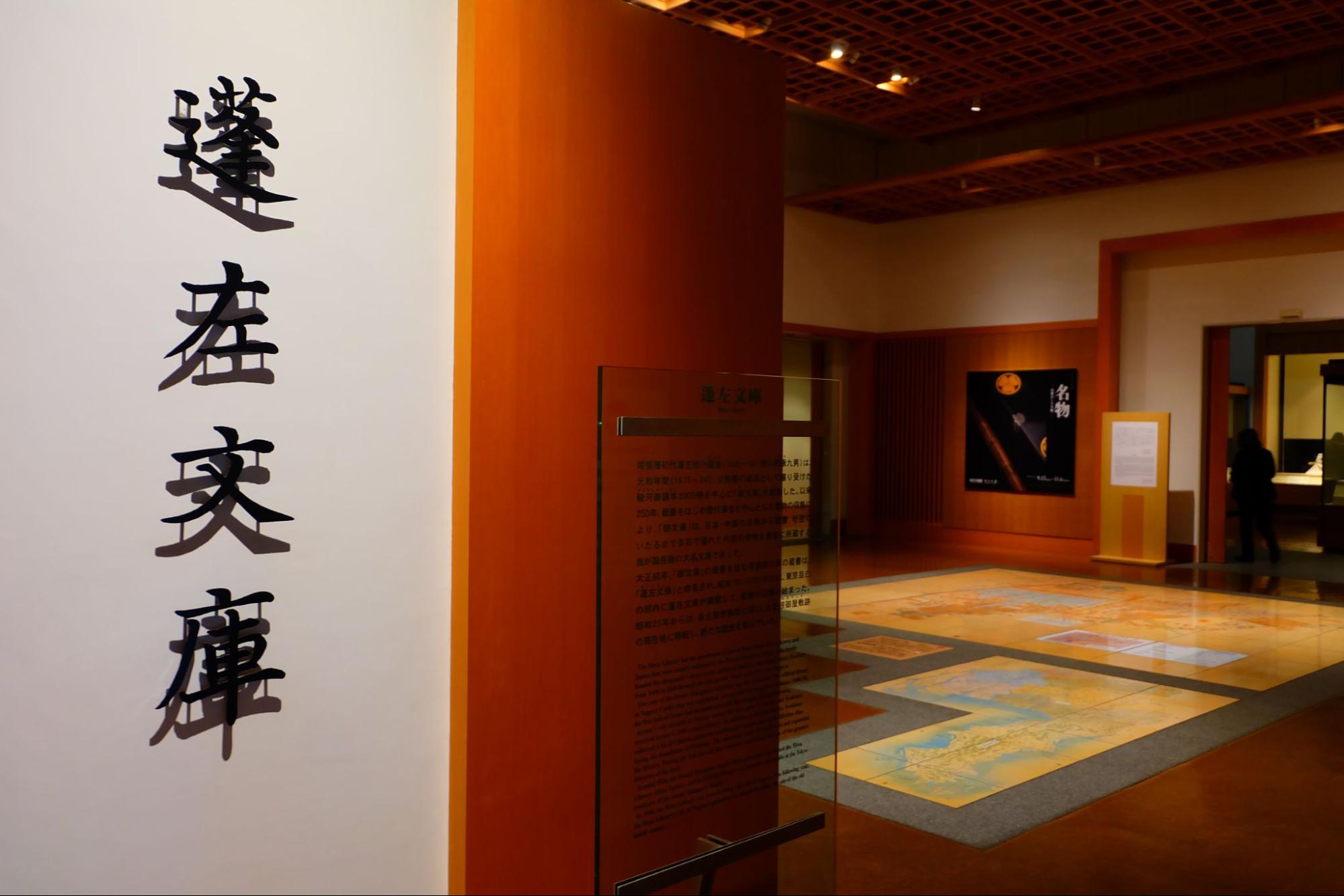
At the time of the interview, the exhibits was called "Specialties," and various items certified as specialties were on display.
Among the highlights are the most important heirloom swords of the Owari Tokugawa family, as well as a sword that Nobunaga once owned. Also rare is a certificate of value (a certificate of appraisal) that shows how much the famous items were worth at the time.

Display is until November 6, 2022
This is a Wakizashi (side inserted sword) called "Monoyoshi Sadamune".
This sword is said to be the most important sword in the Owari Tokugawa family, and is the first among the family treasures. It is said that when Ieyasu went into battle, he always won with this sword. It was later passed down to Yoshinao, the first generation of the Owari Tokugawa family.
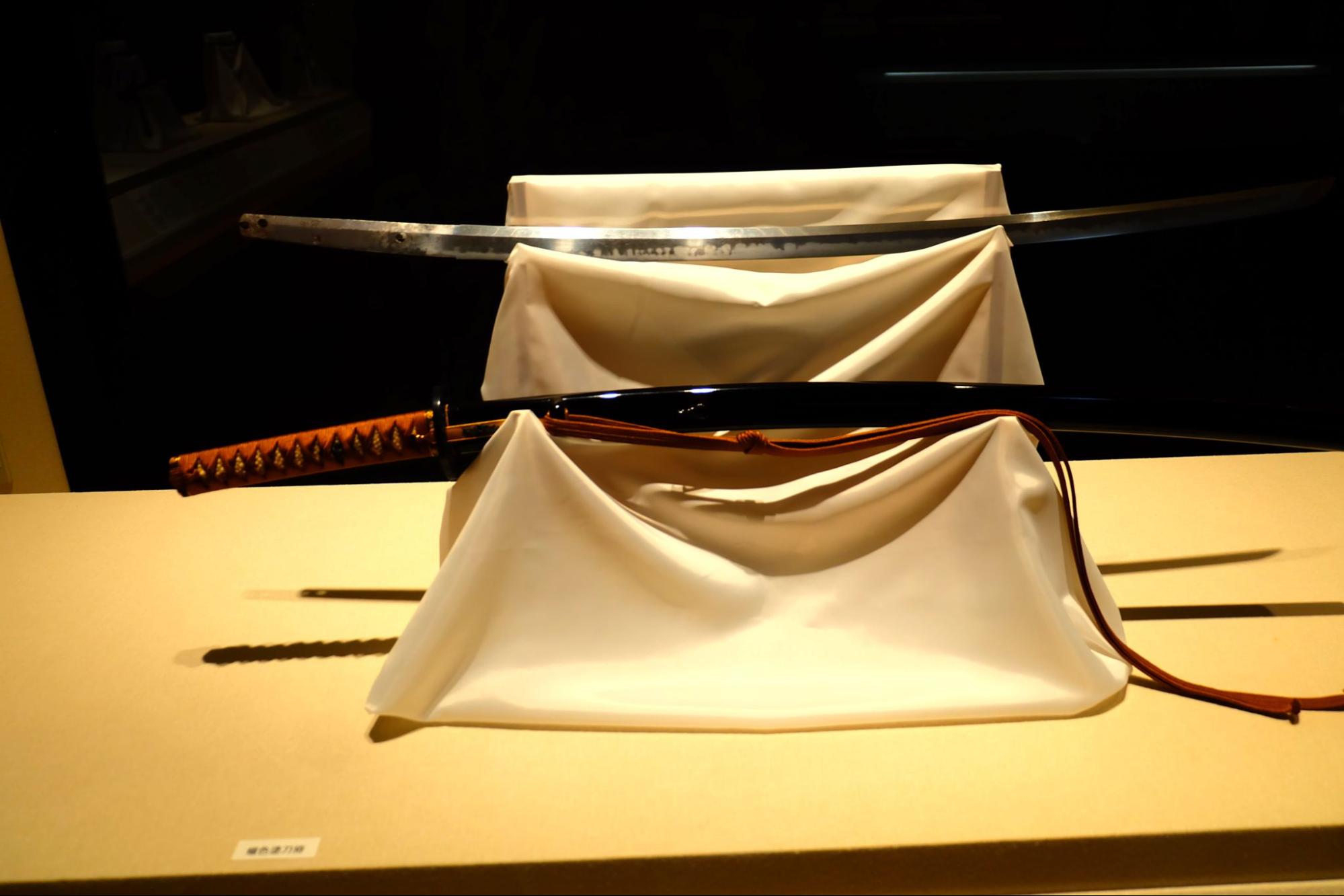
Display is until November 6, 2022
This is "Tsudatotoumi Nagamitsu". After the Honnoji Incident, Mitsuhide Akechi took this sword from Azuchi Castle and gave it to his vassal Shigehisa Tsuda-Tomi, and it was later passed around to the Owari family.
Various imaginations may run wild in front of the actual swords, such as what kind of thoughts led them to each person's hands and why they were finally handed down to the Tokugawa family.

Certificate of authenticity at the time
Some rare items, such as an appraisal of how much an item was worth at the time, are also on display.
Main Building (Gallery 7-9)
After passing through the Housa Bunko, proceed next to the Main Building Gallery. The Housa Bunko and the Main Building Gallery host about 10 special and temporary exhibitions a year.

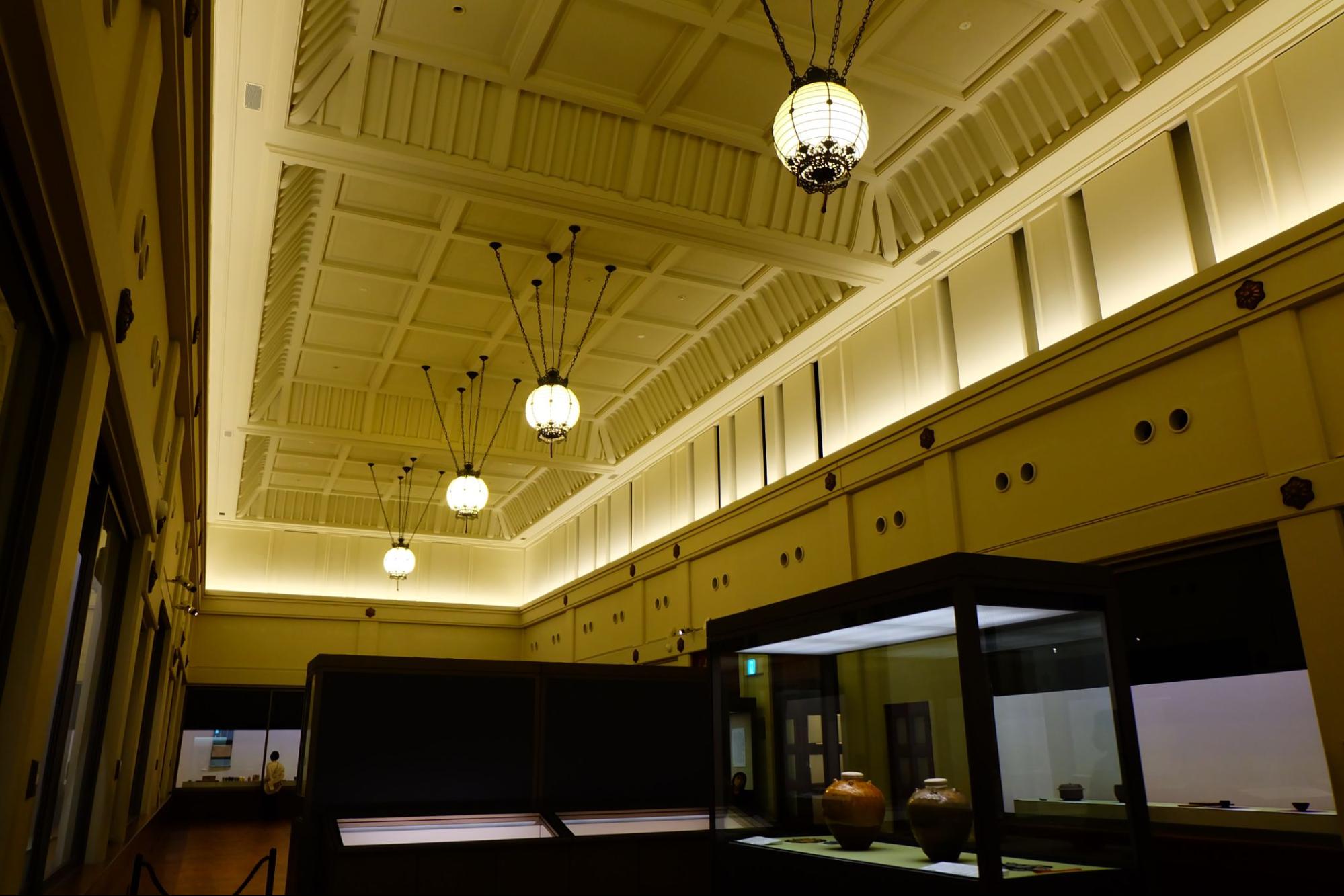
The main building, built in 1935, is an imperial crown style architecture reminiscent of a castle, with high white ceilings that give the building a sense of openness and history.
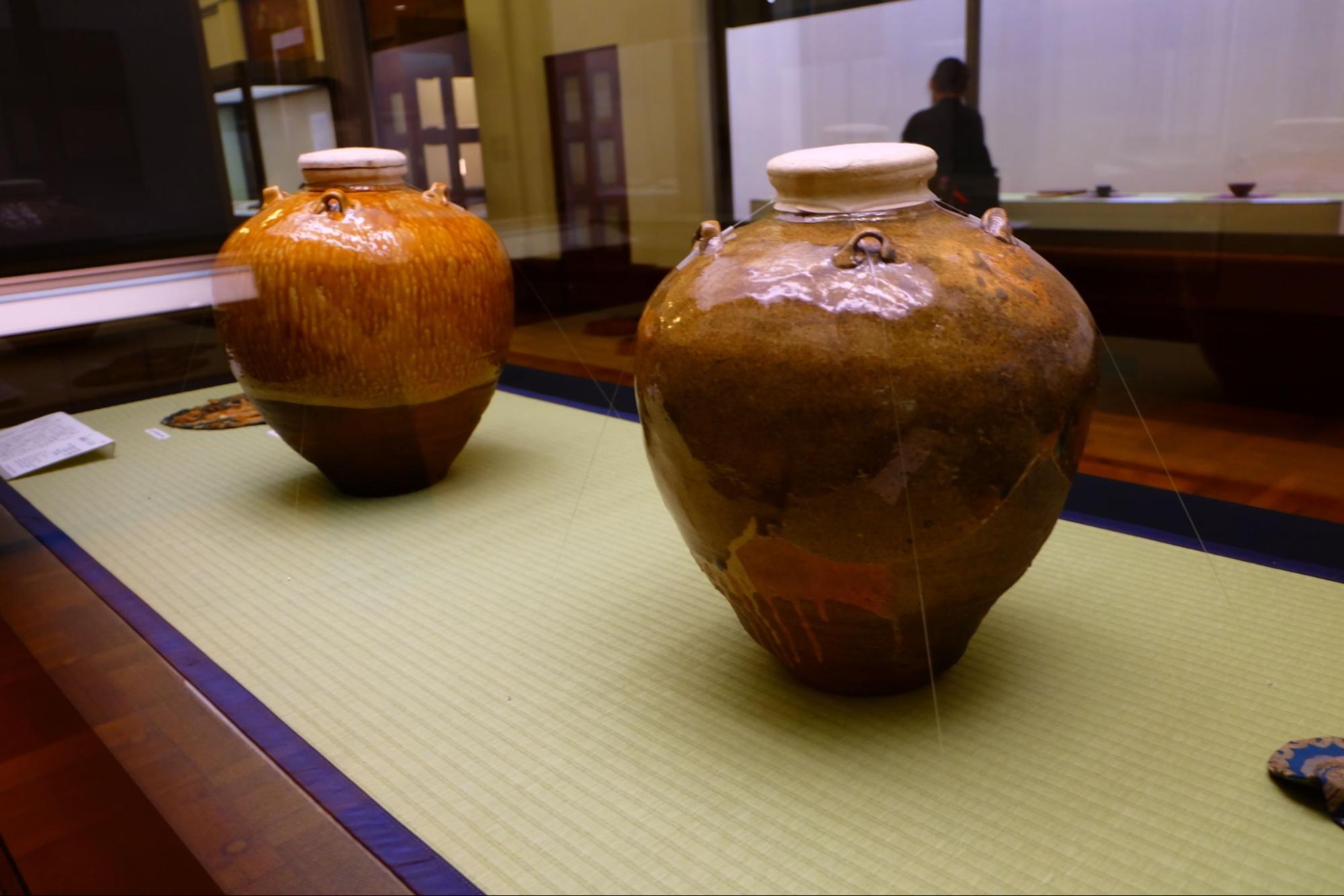
Display is until November 6, 2022
While swords were the main attraction at Housa Bunko, the main building exhibits the famous tea ceremony utensils. The photo shows a "Karamono Chatsubo (tea pot)," which was presented to Nobunaga. The tea pot in the foreground is sealed and actually contains tea leaves inside.
Many other valuable items are also on display, and one of the best parts of viewing art is thinking about how these items were used in the daily lives of people in those days.
Café where You can also Enjoy
Limited Edition Sweets Featuring Popular Swords.
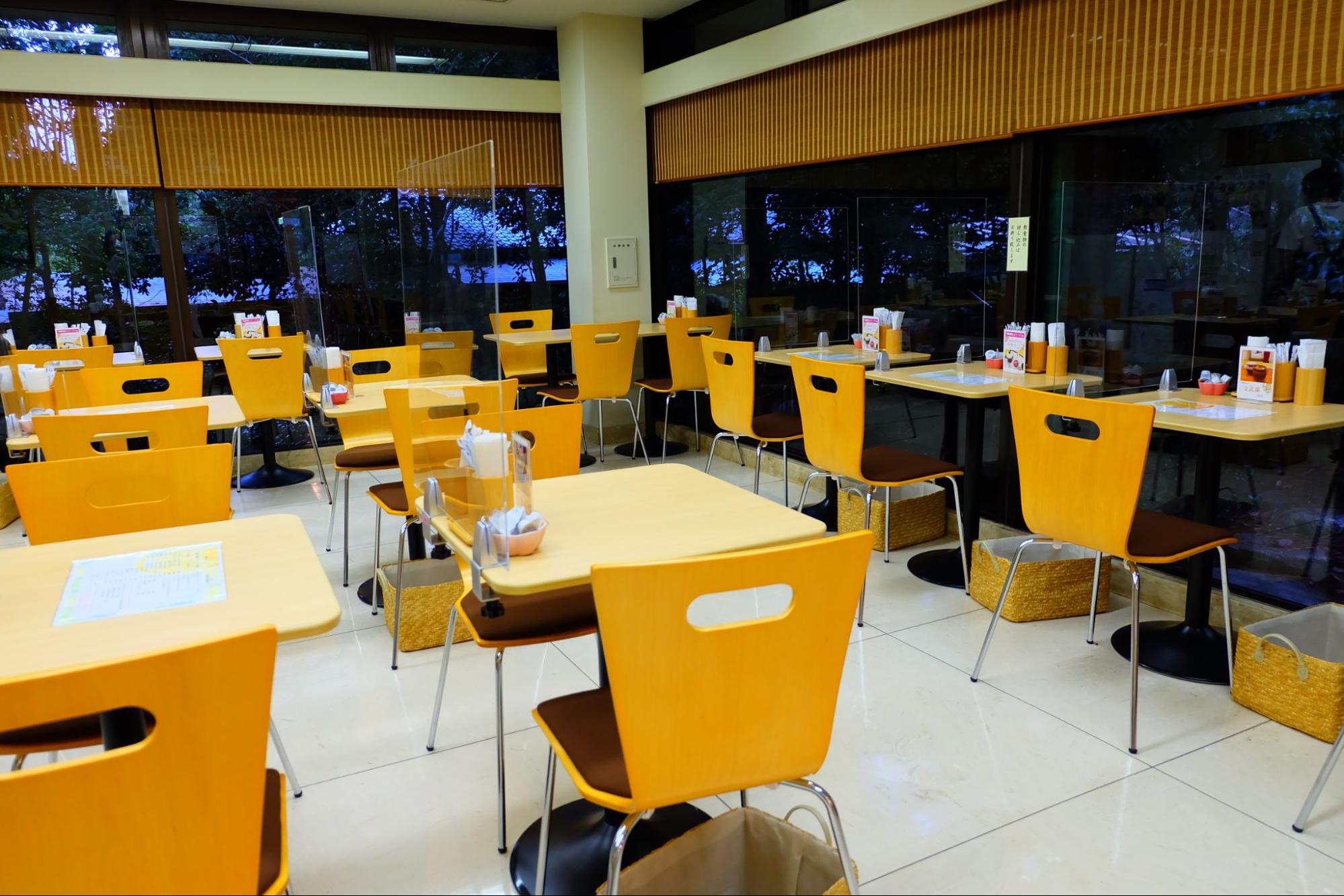
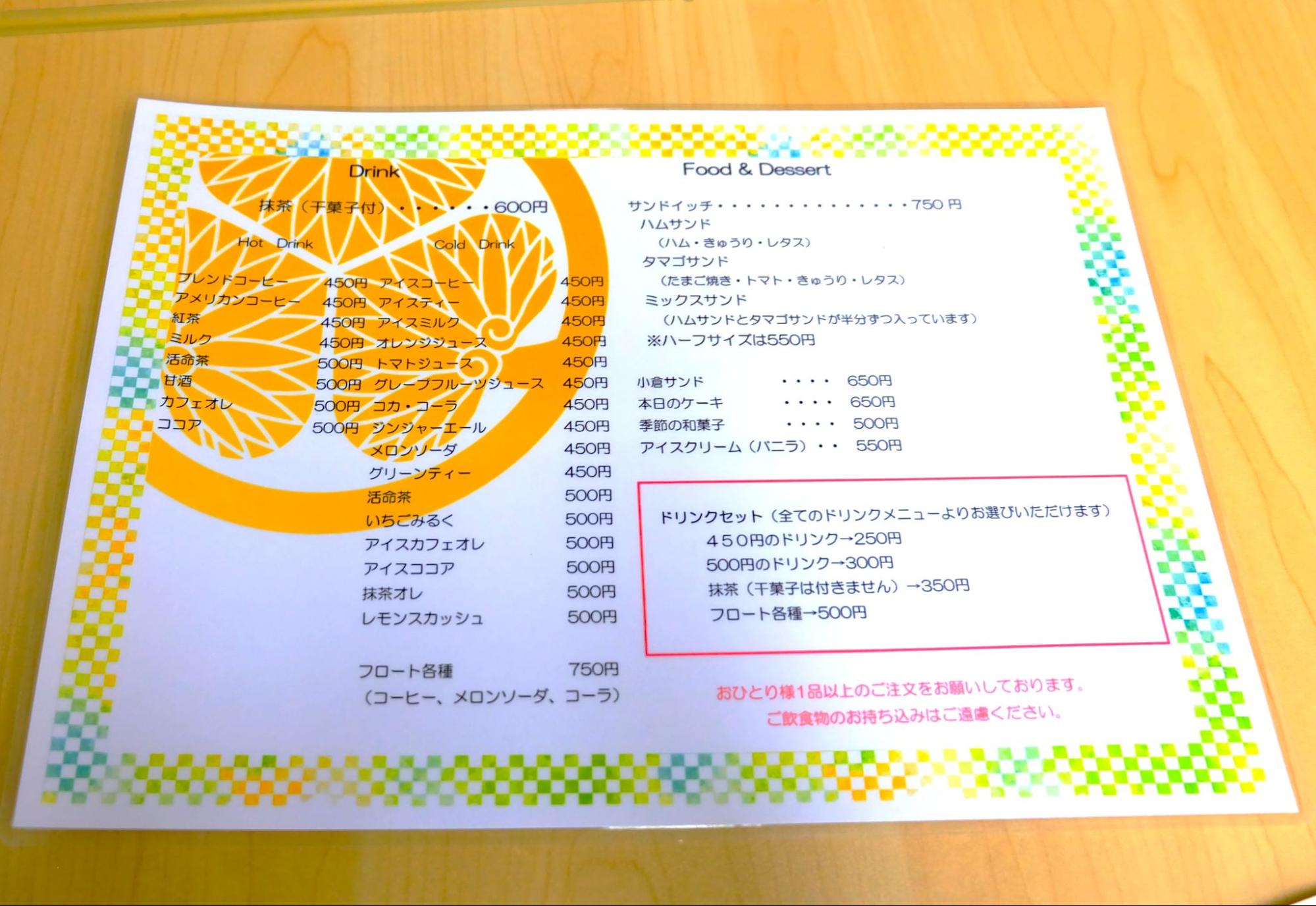
Snacks such as blended coffee 450 yen, tea 450 yen, and sandwiches 750 yen are also available. Save money with a set!
After viewing the exhibition, there is also a café where you can take a break. In addition to the regular café menu, there are also a variety of fun sweets!


In addition to the seasonal "Tiramisu (Tiramisu) 650 yen" and "Strawberry Milk 500 yen",
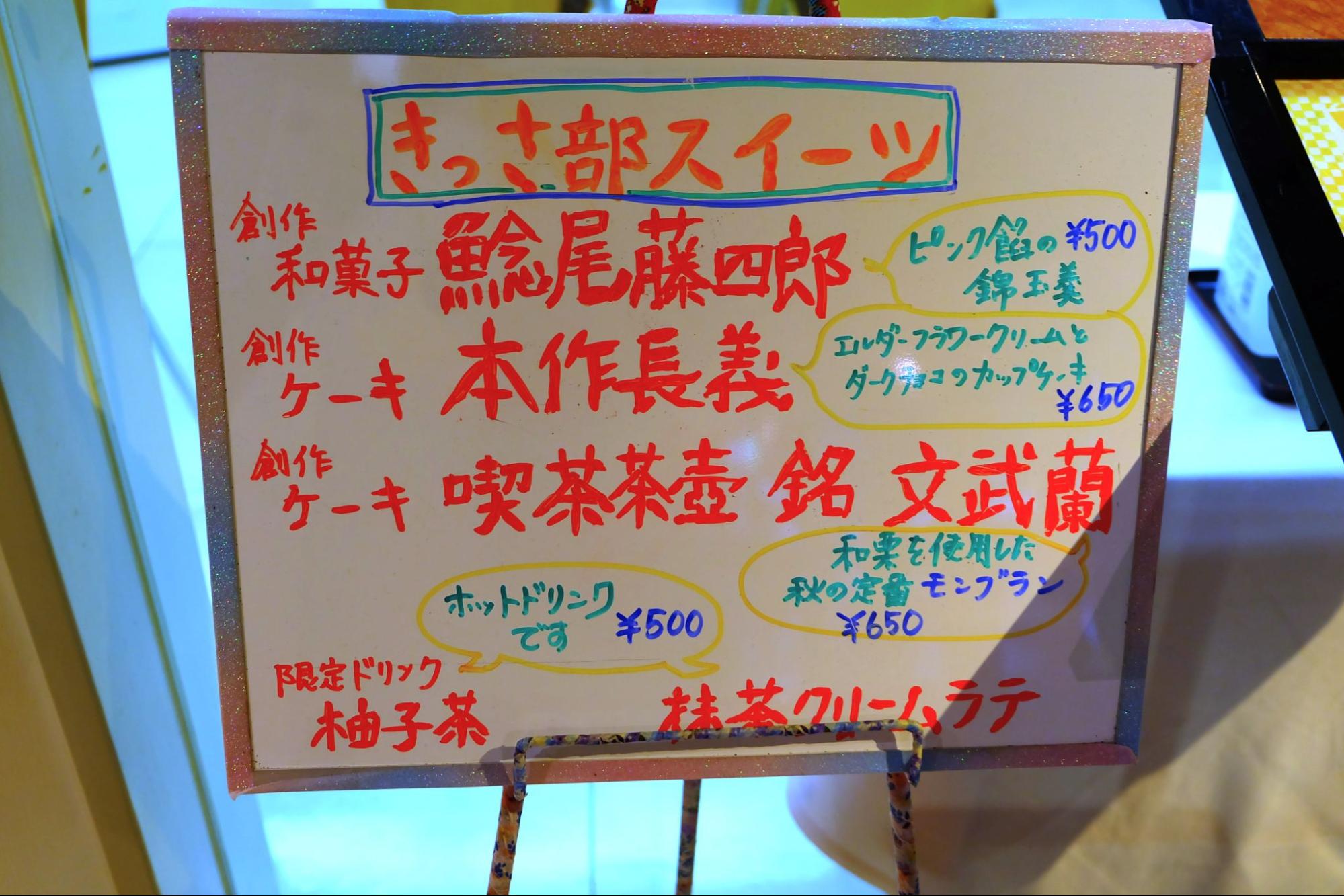
Limited edition sweets named after swords are also available! (The sweets in the photo are no longer available.) *The content of these sweets will be in line with special exhibitions. Please inquire for details.

The "Chogizuo Waku-waku Set" (1,400 yen and up), which includes a drink with "Honsaku Nagayoshi" (left) and "Namazuo Toushirou" (right).
If you look closely, you can see that it is not served with a fork, but with a sword-shaped pastry cutter!
It looks like you will be fully immersed in the world of sword.
The Museum Shop also has Limited Edition Items!
Must-see for Sword Lovers
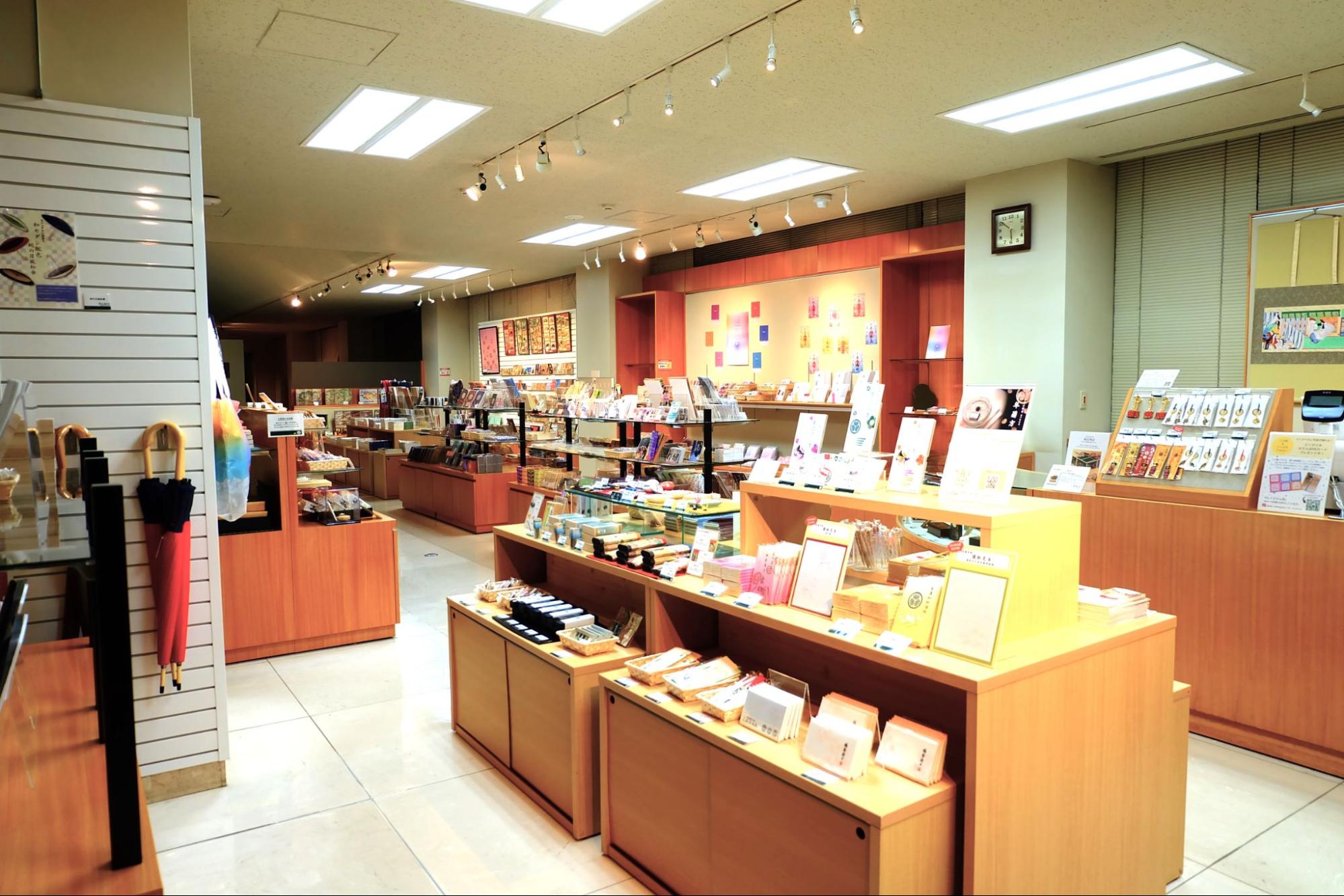
Last but not least is the Museum Shop. It is located next to the entrance of the Annex.


The material is food-grade stainless steel. You can safely use it as a pastry cutter.
The "kashikiri (cake cutter)" was also served with sweets at the café. It is shaped like a sword and is a must-have item for sword lovers. It would also make a great souvenir!
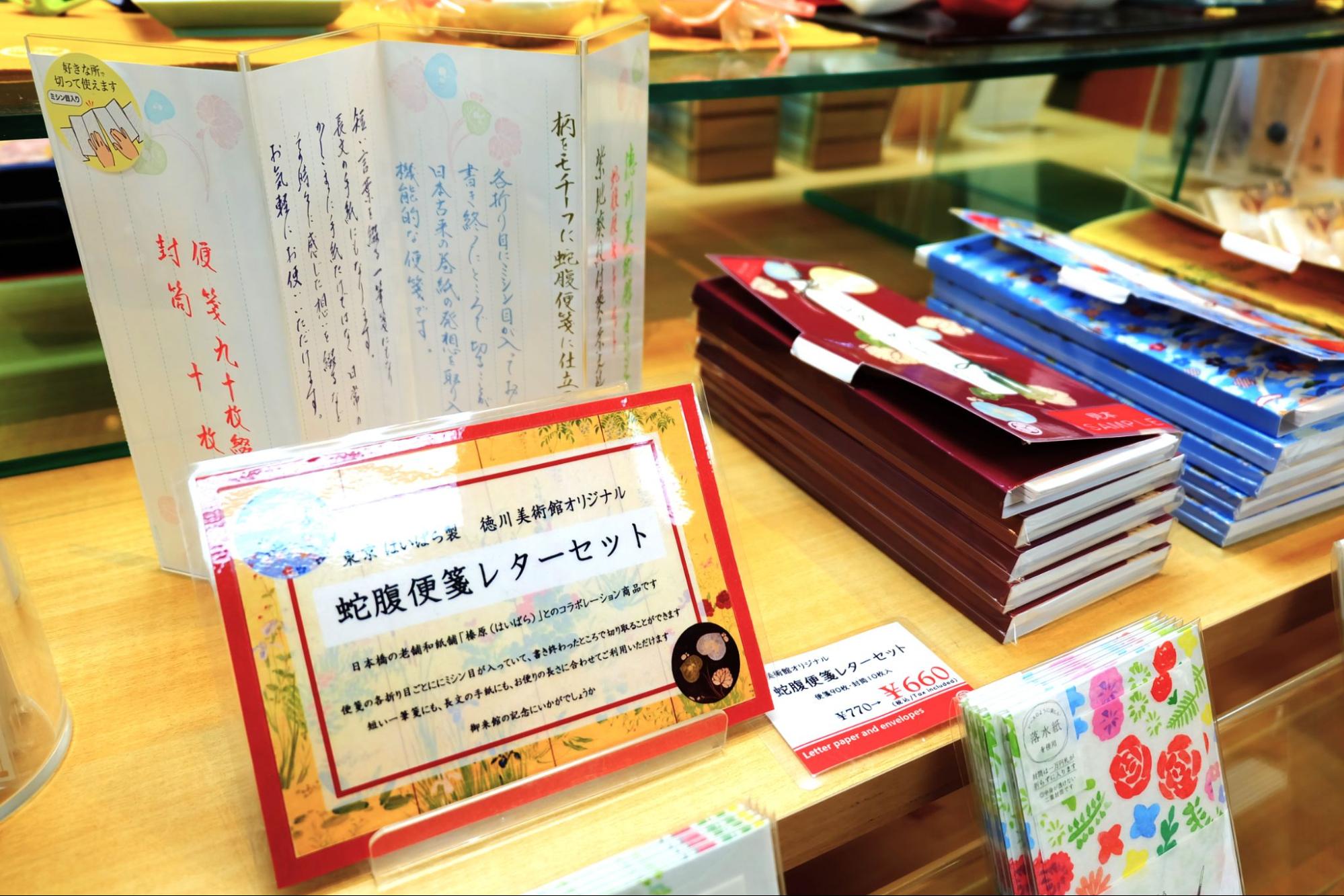
The "Jabara Stationery Letter Set" is also popular.

They also have a wide range of original incense.
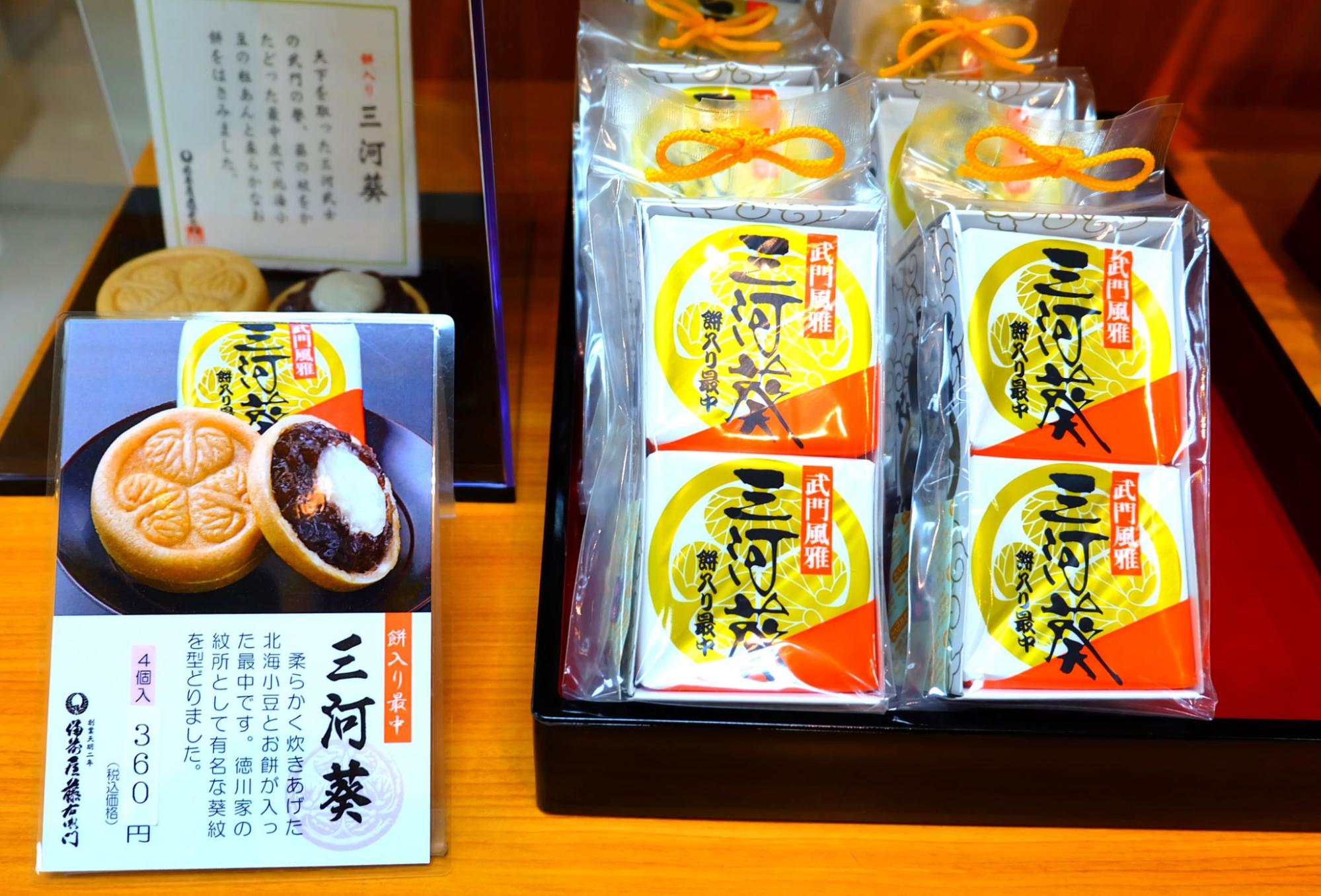
Monaka (bean‐jam‐filled wafers), decorated with the crest of the Mikawa hollyhock, is also easy to buy and makes a great souvenir.
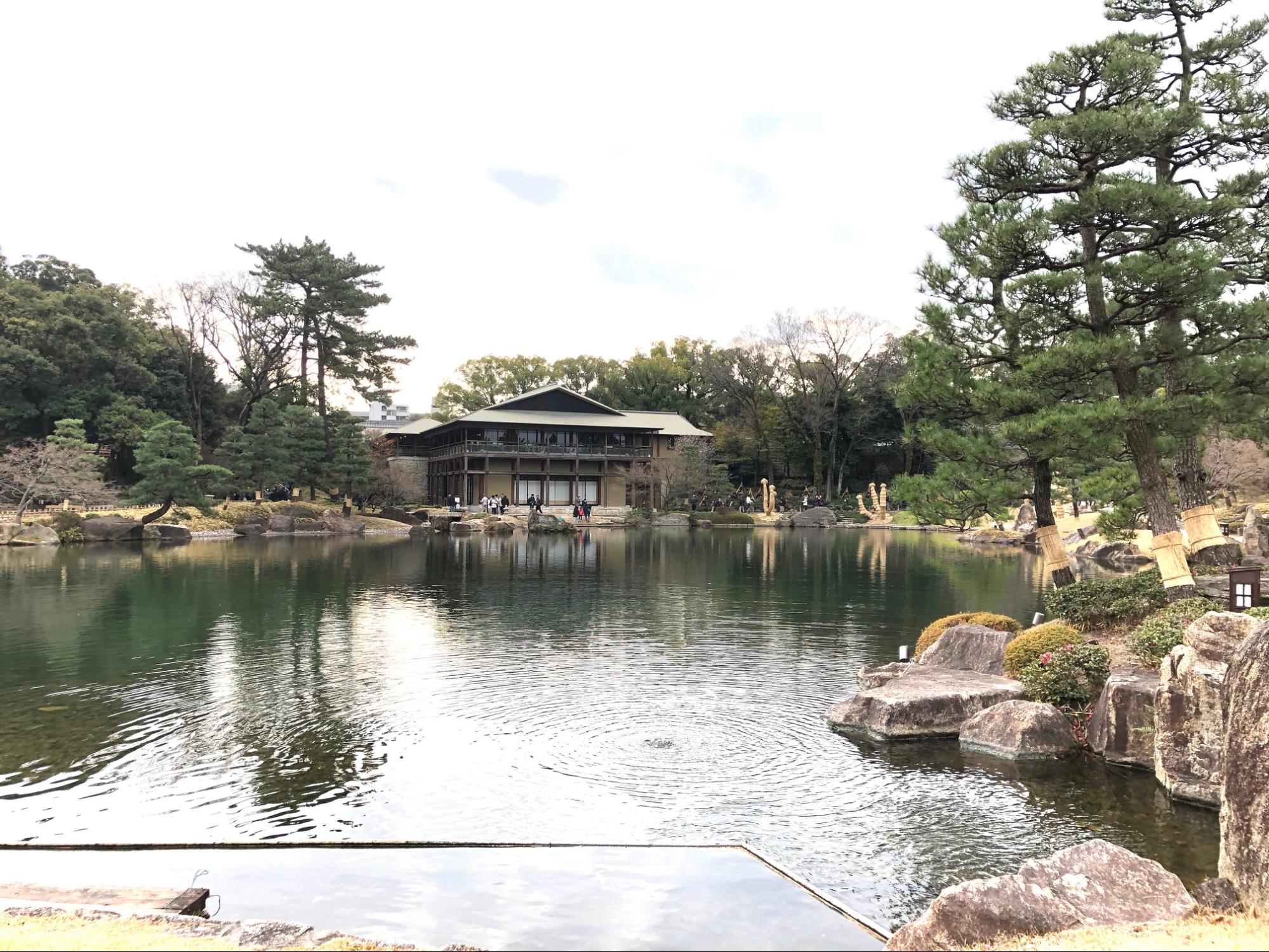
Adjacent is the Tokugawaen, a Japanese garden. Visitors can also enjoy the seasonal scenery.
This time we focused on "famous" items handed down in the daimyo family, such as swords and tea ceremony utensils. "Swords" have a strong image of weapons, but we learned that they also had a meaning as power and property as votive offerings and bridegroom's tools.
And while I am impressed by the treasures that are such masterpieces, I also feel compelled to applaud the thoughts and efforts of the people who have supported and carefully preserved these items behind the scenes. The excellent state of preservation of the exhibits is proof of this.
The museum also offers various lectures and children's classes. Adjacent to the museum, there is a Tokugawaen and a cafe, so please enjoy them all.
*Special exhibitions and exhibits change seasonally. Please check the website for details.


![[Tokai Area] Explore its History!](https://life-designs.jp/wp/wp-content/uploads/2019/12/LD_banner_w1920x1088_history-1-1024x580.jpg)
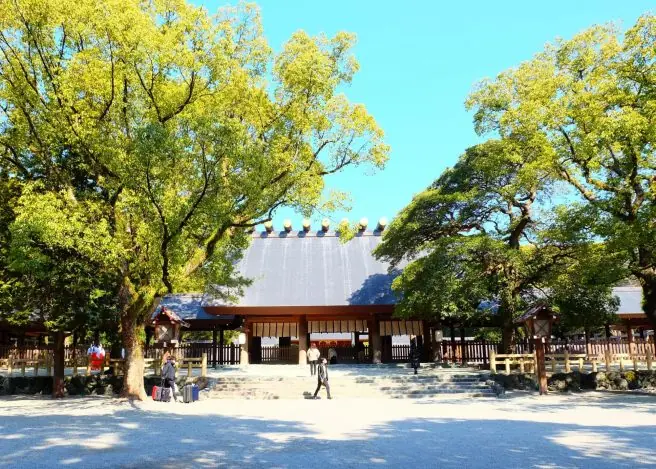
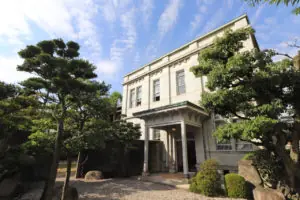
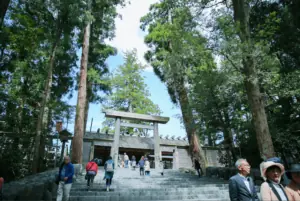

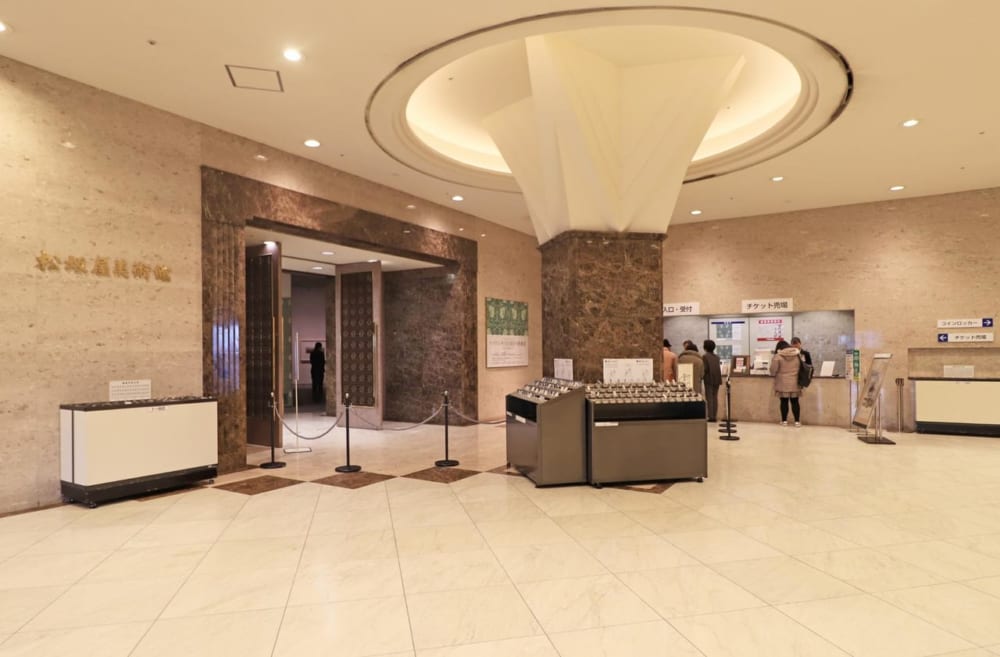
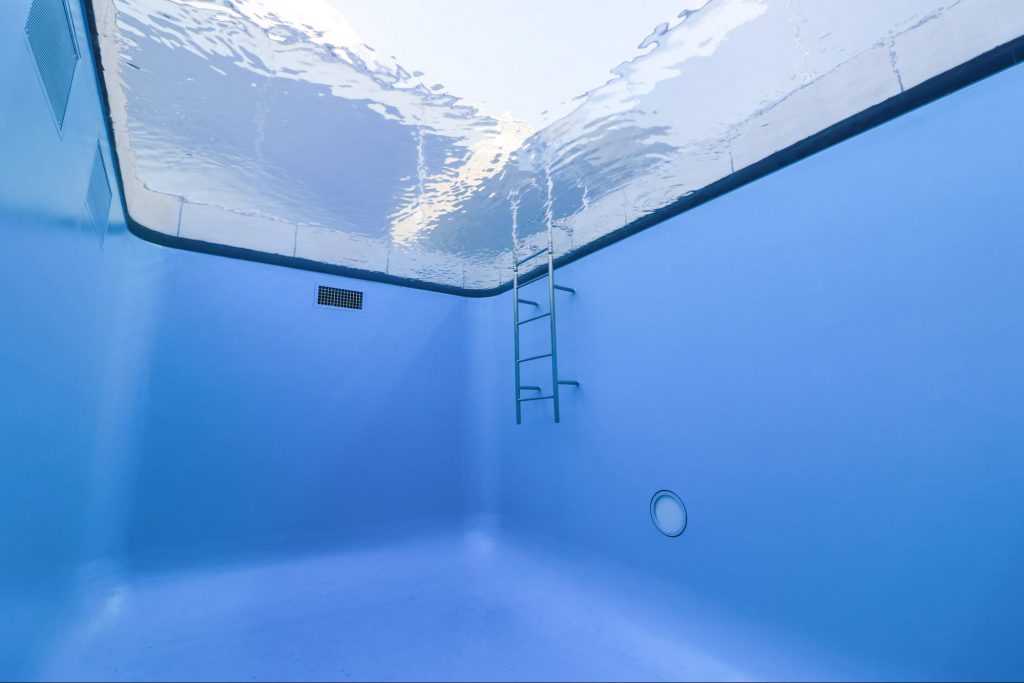

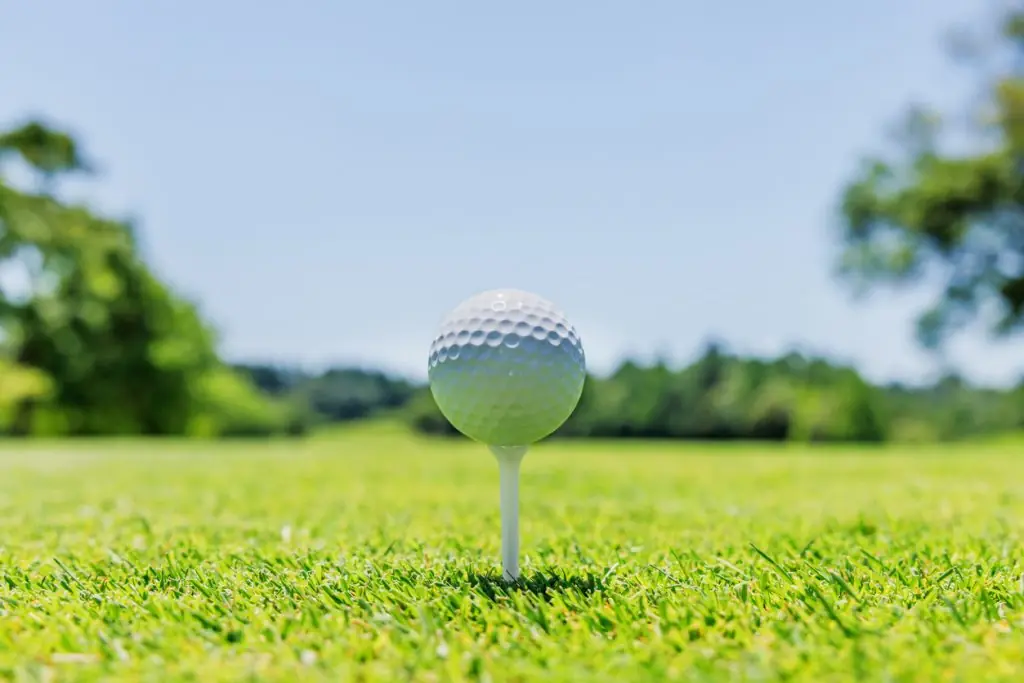
![[12 selections] Summary of Recommended Violin Classes in Nagoya City](https://life-designs.jp/wp/wp-content/uploads/2023/02/bc9f6a4dcf98bf28b557933bf16740a4-1024x683.jpg)
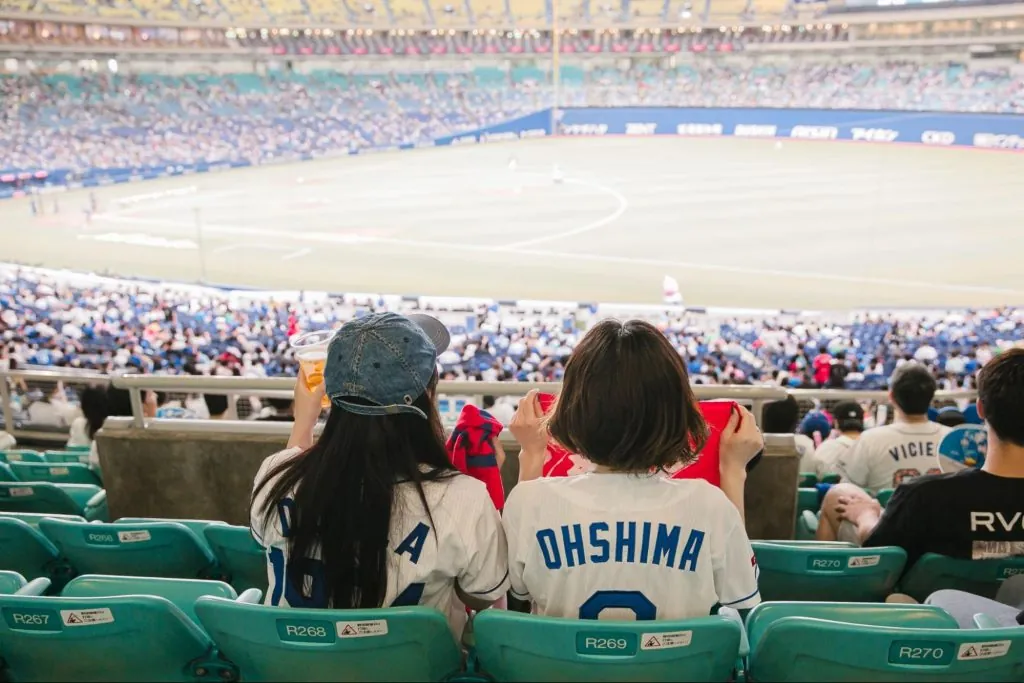
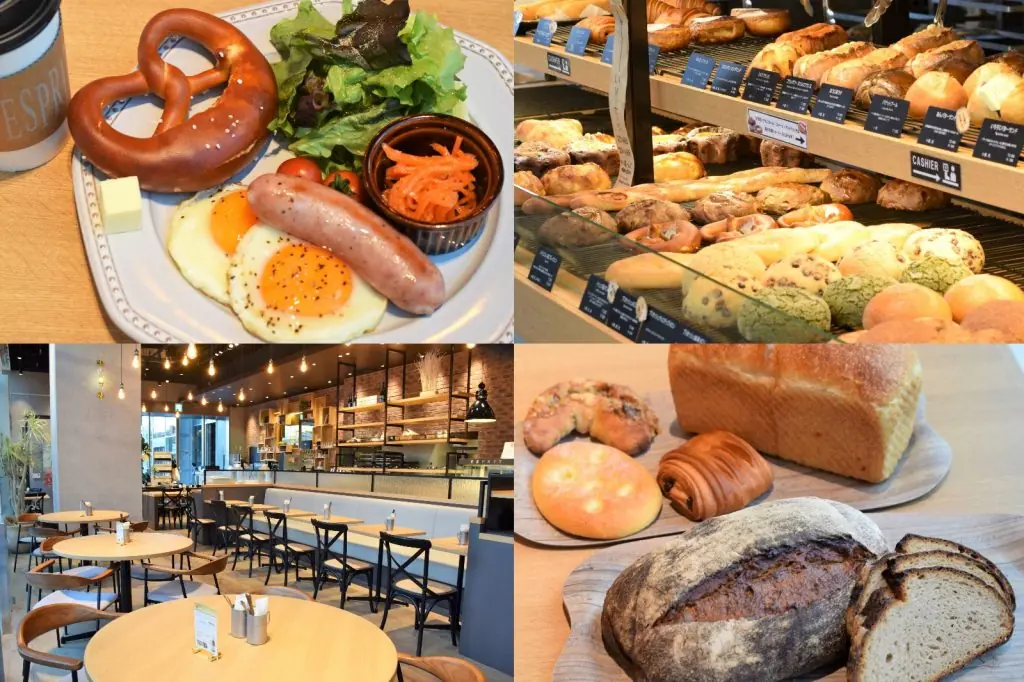

![[Indoor Facilities] Where to Go on Rainy Days in Tokai Area! For Family Outings!](https://life-designs.jp/wp/wp-content/uploads/2023/07/FotoJet-23.jpg)





![[Ghibli Park] Beginner's Guide](https://life-designs.jp/wp/wp-content/uploads/2023/07/ghiblipark_w1920h1088_20240422-768x435.png)
![[Sauna Specials] Feel Revitalized in Sauna!](https://life-designs.jp/wp/wp-content/uploads/2021/07/Sauna-768x435.jpg)
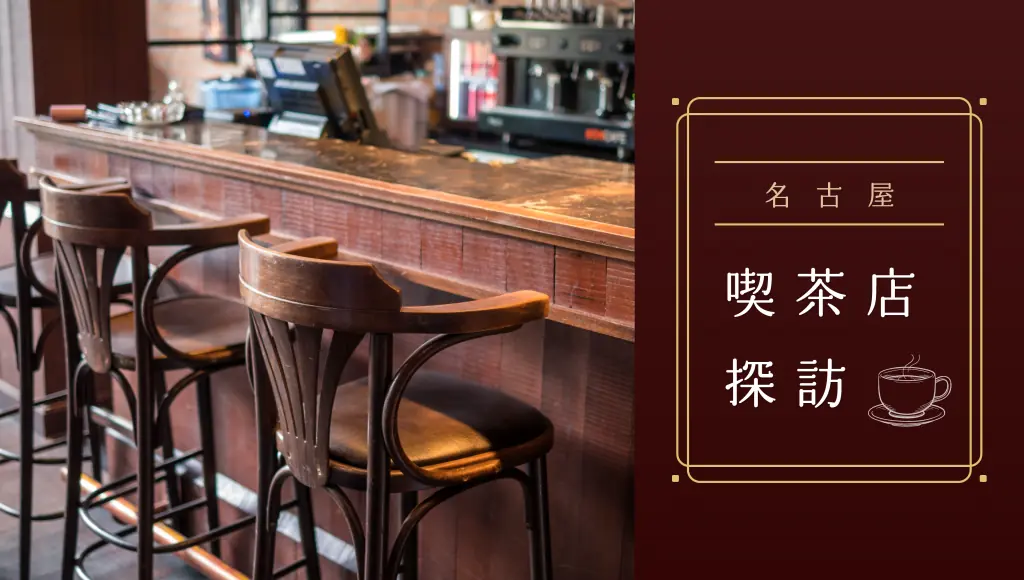
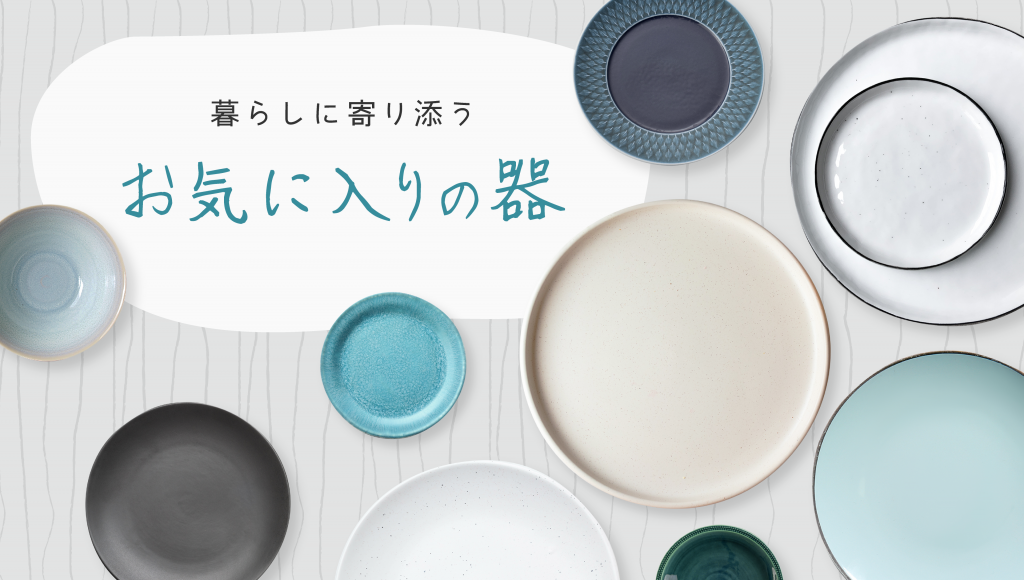
![[Nagoya-meshi] Nagoya's Speciality Dishes](https://life-designs.jp/wp/wp-content/uploads/2022/06/5ba2ca8c038fd4af7527bc0826367cfb-1024x580.png)
![[Special Feature] Enjoy Your Day at a Park!](https://life-designs.jp/wp/wp-content/uploads/2019/12/LD_banner_w1920x1088_park-1-1024x580.jpg)

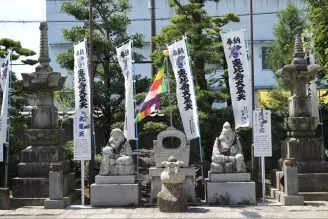

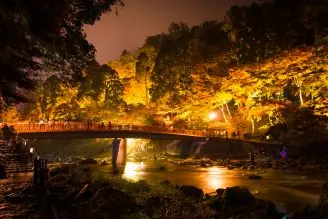
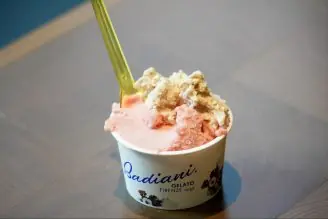
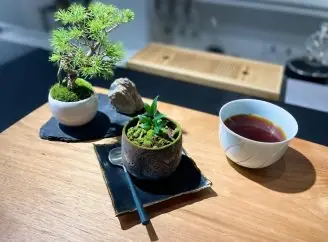
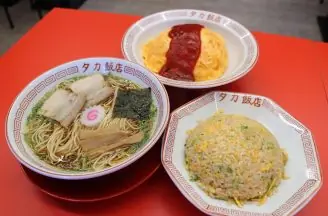
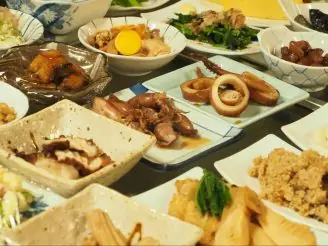
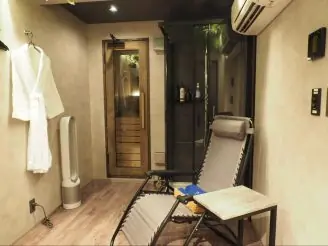

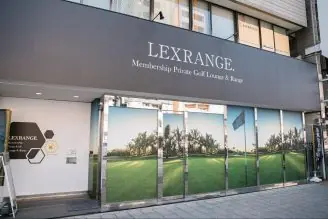
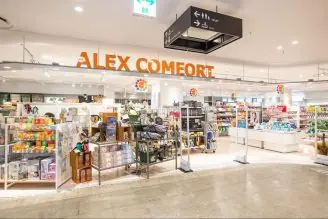
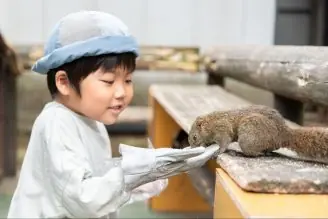
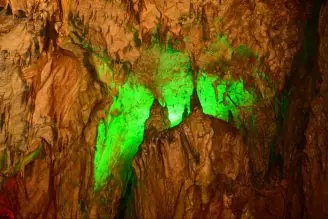
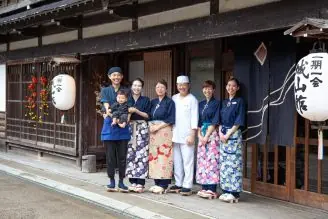
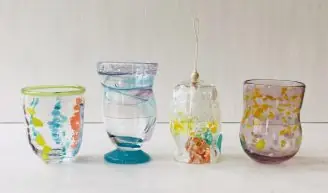
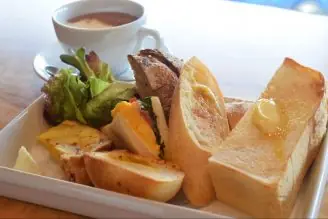
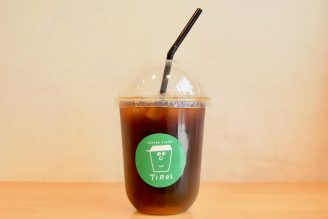
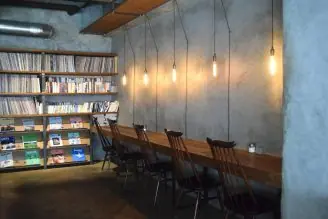
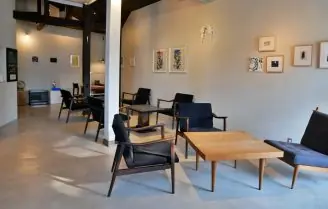


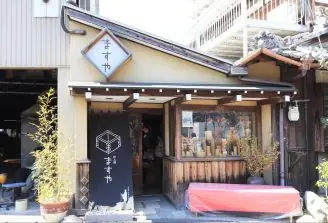
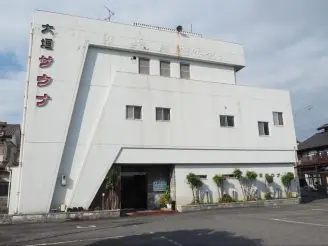

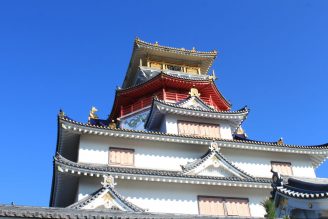
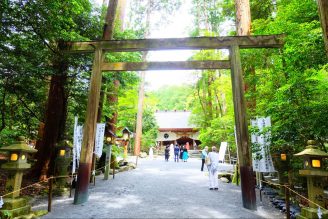
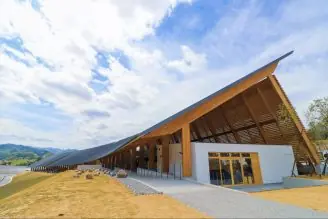
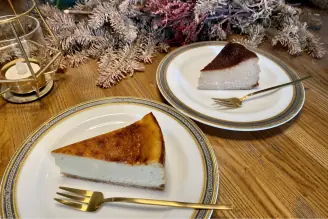

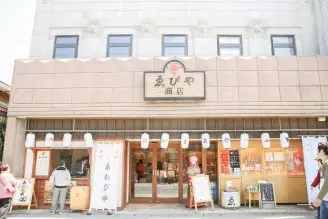
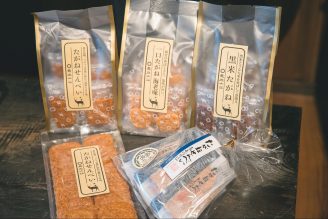
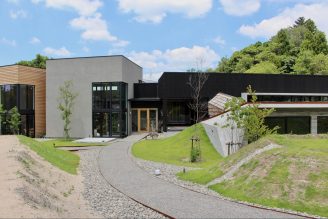
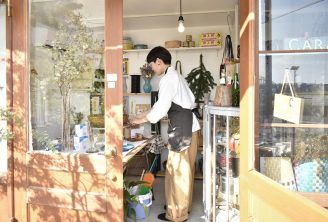
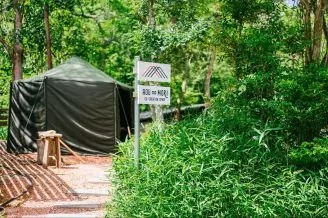
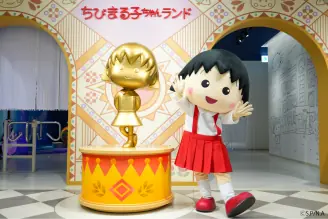
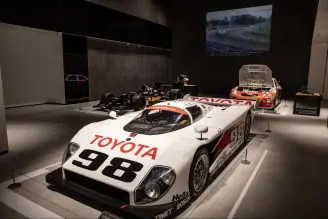

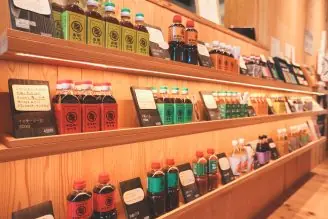




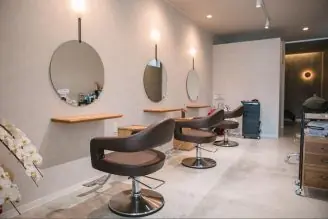
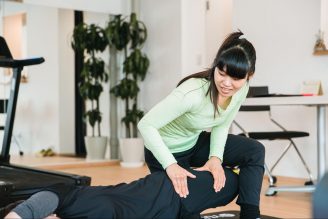
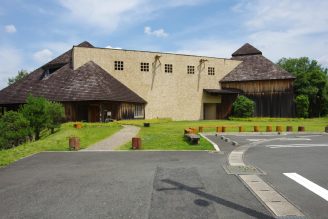
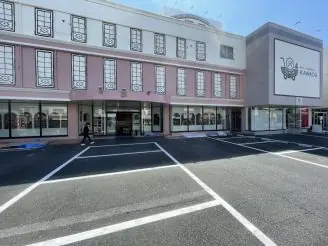
![[Indoor Facilities] Where to Go on Rainy Days in Tokai Area! For Family Outings!](https://life-designs.jp/wp/wp-content/uploads/2023/07/FotoJet-23-1024x768.jpg)
![[28 selections] I want to get it when I go to Ghibli Park! Recommended goods & souvenirs (Ghibli’s Grand Warehouse edition)](https://life-designs.jp/wp/wp-content/uploads/2023/07/07bb34f30842ccc4c6412fc060e1966c-1024x683.jpg)
![[9 Selections] Summary of Retro Coffee Shops in Nagoya](https://life-designs.jp/wp/wp-content/uploads/2021/11/image1-30-1024x683.jpg)
![[10 selections] Recommended for Girls' Trip from Nagoya! Special feature on Hotels and Inns](https://life-designs.jp/wp/wp-content/uploads/2022/11/FotoJet-1-1024x768.jpg)
![[Aichi, Gifu, Mie] 30 Family-Friendly Spots to Go in Winter!](https://life-designs.jp/wp/wp-content/uploads/2019/12/image21-1-768x543.png)
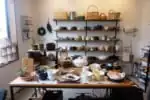
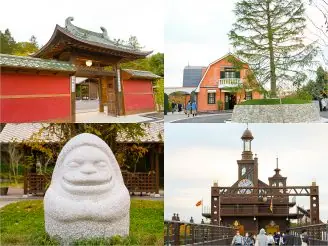
![[14 Selections] Recommended spots to spend the weekend in Kakuozan area of Nagoya](https://life-designs.jp/wp/wp-content/uploads/2022/07/Kakuozan-spot_w1920h1088_240605-328x186.png)
